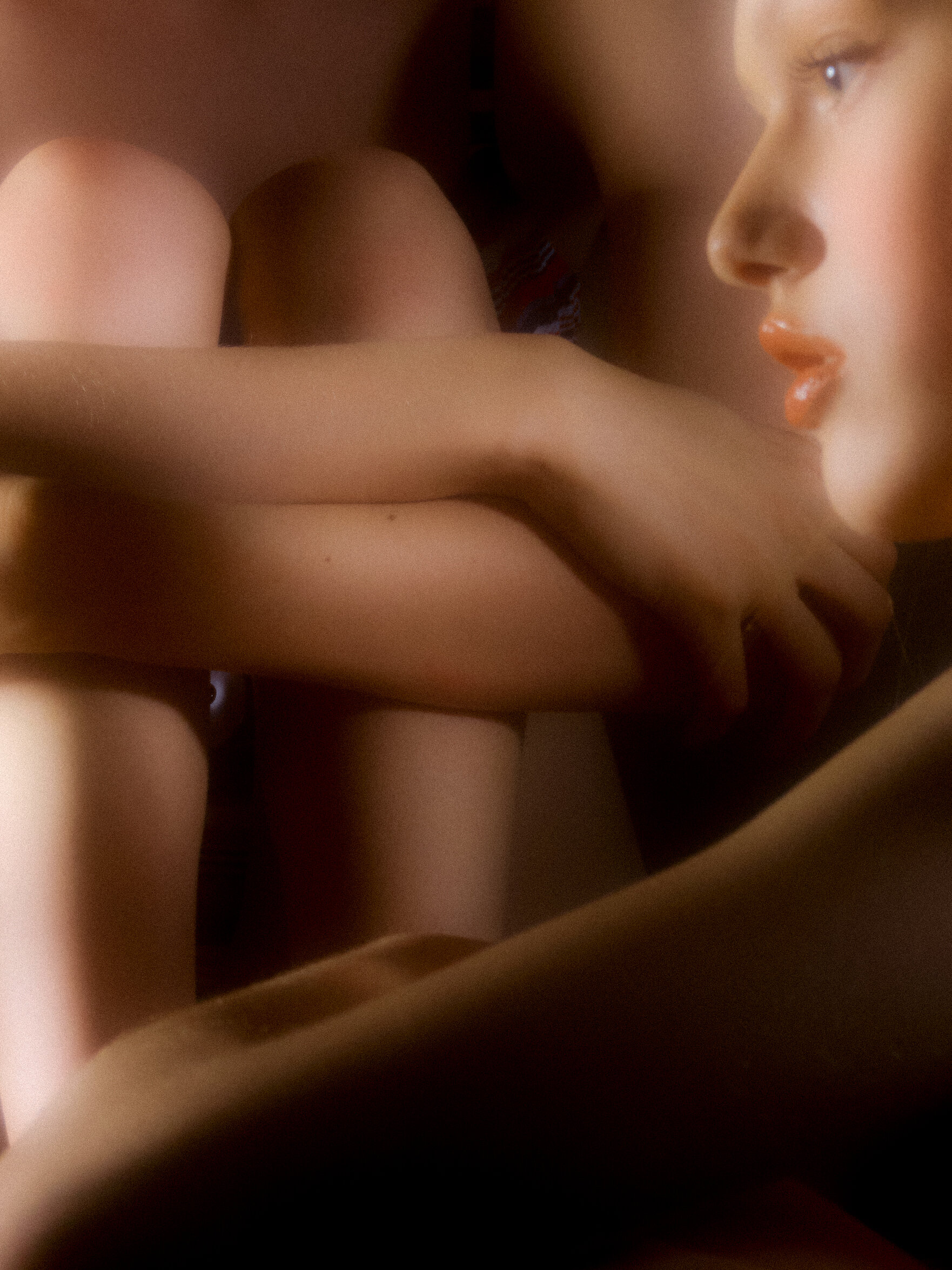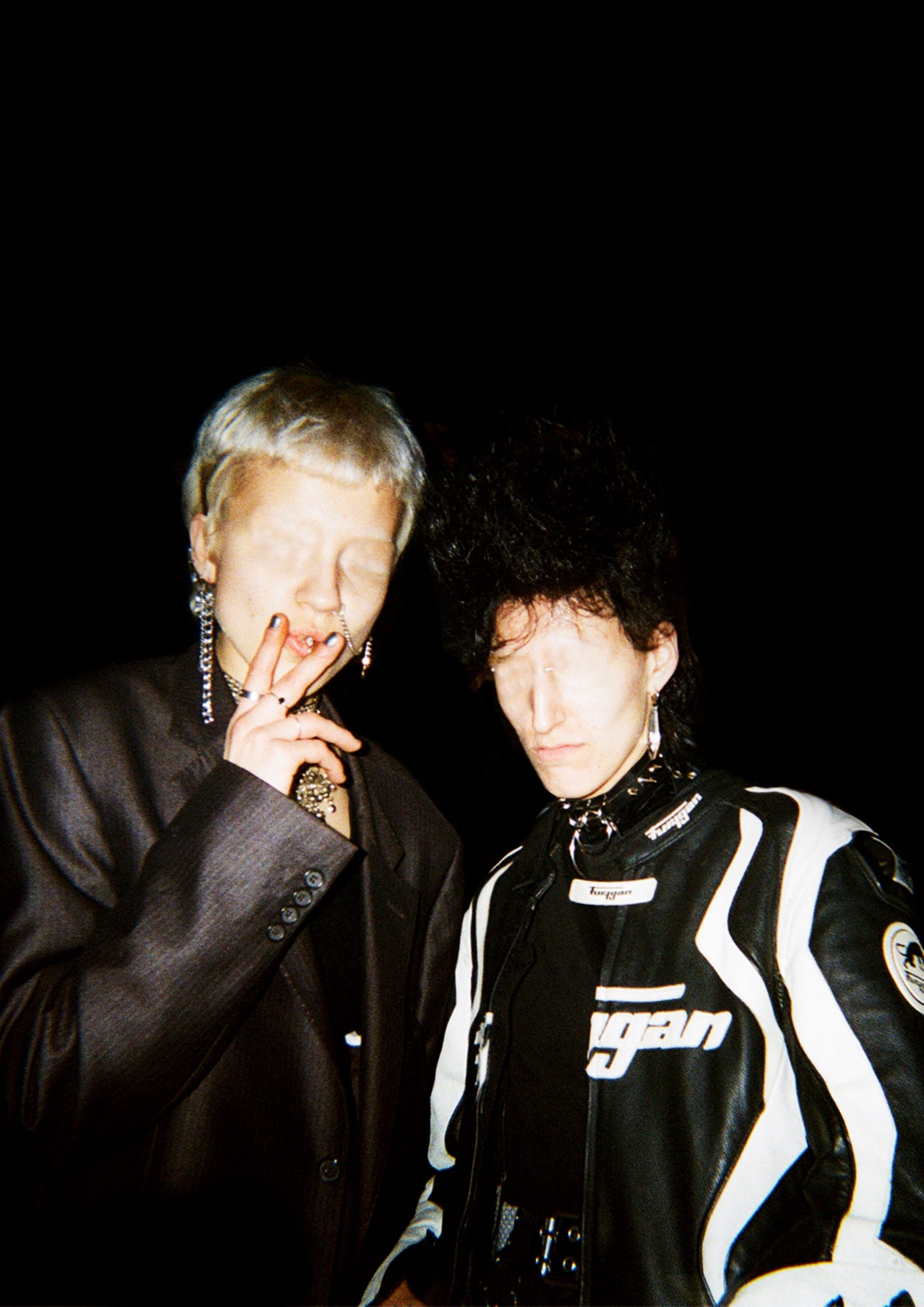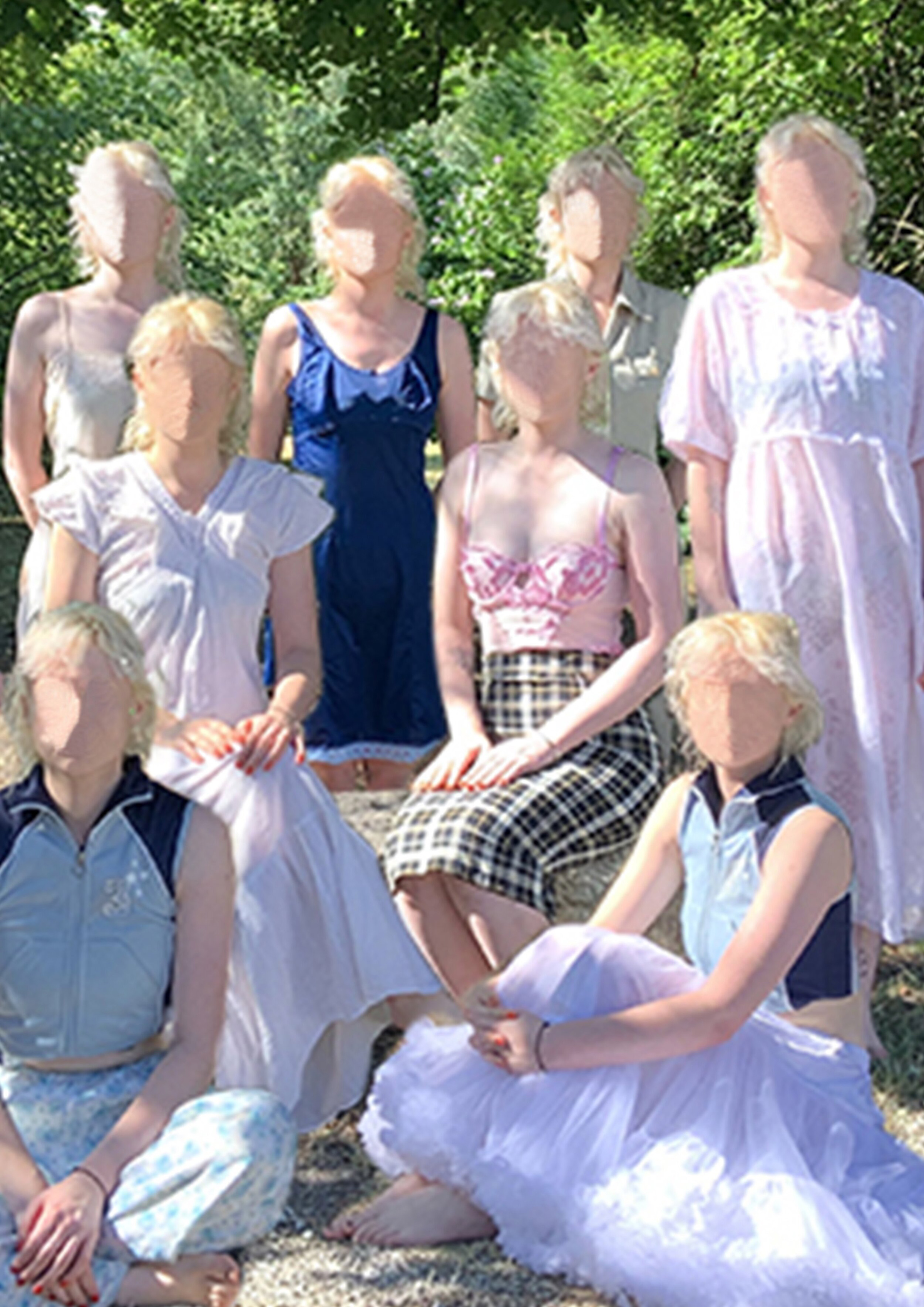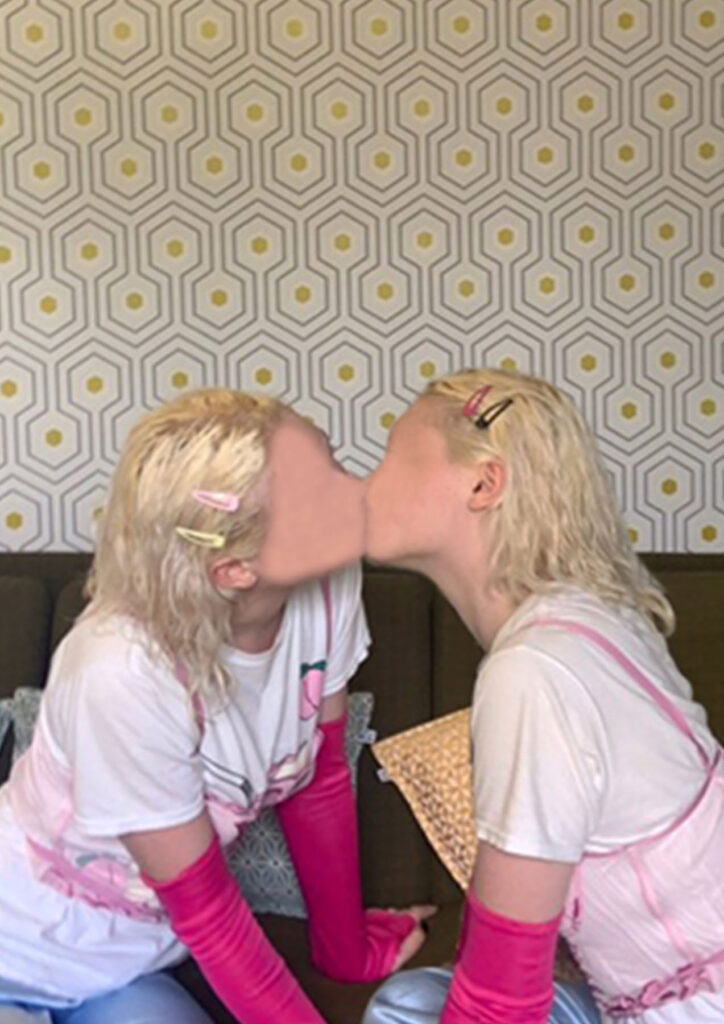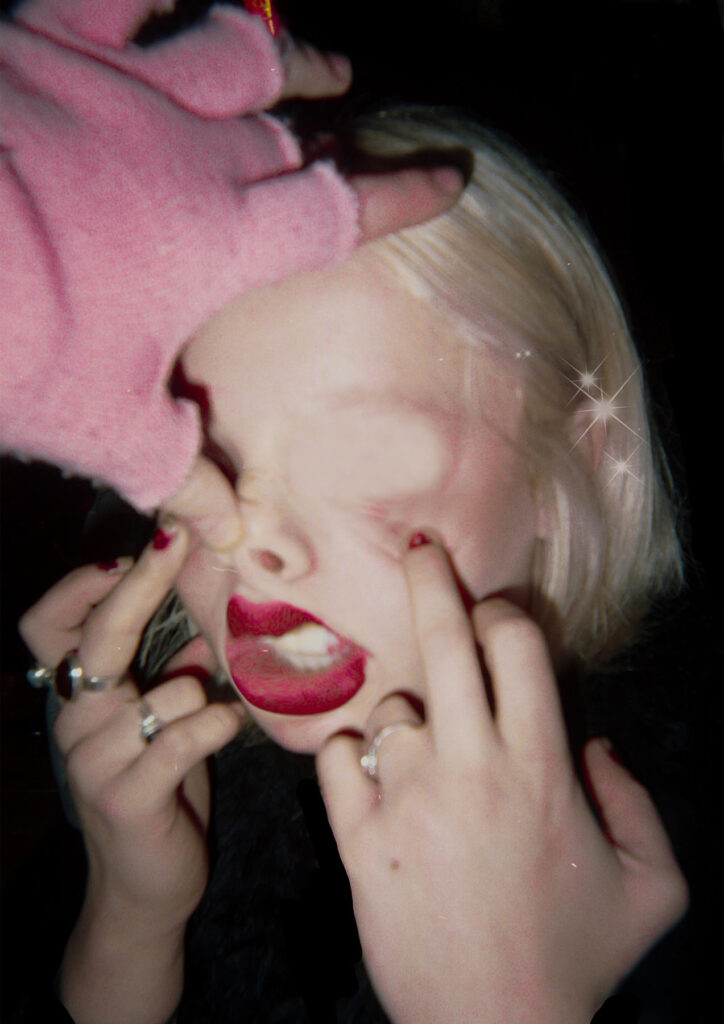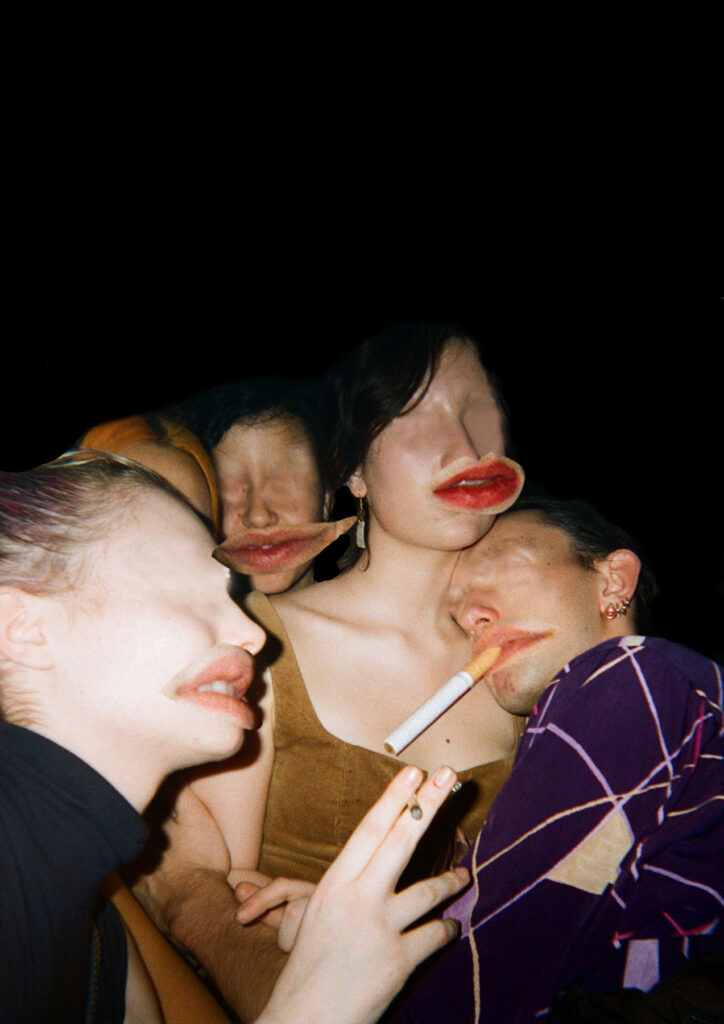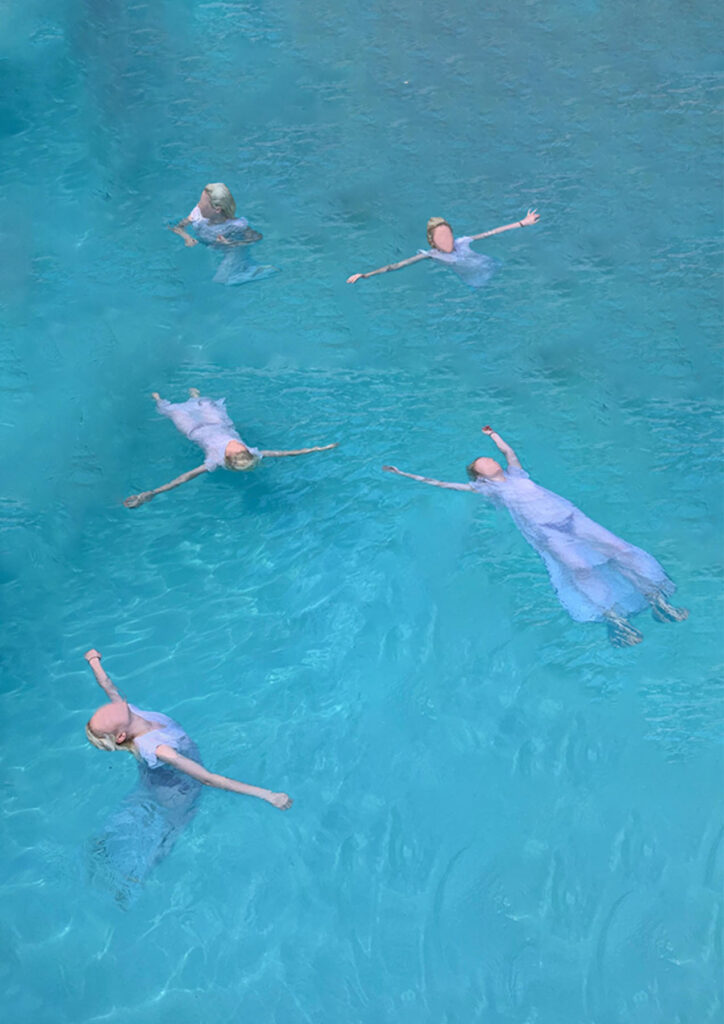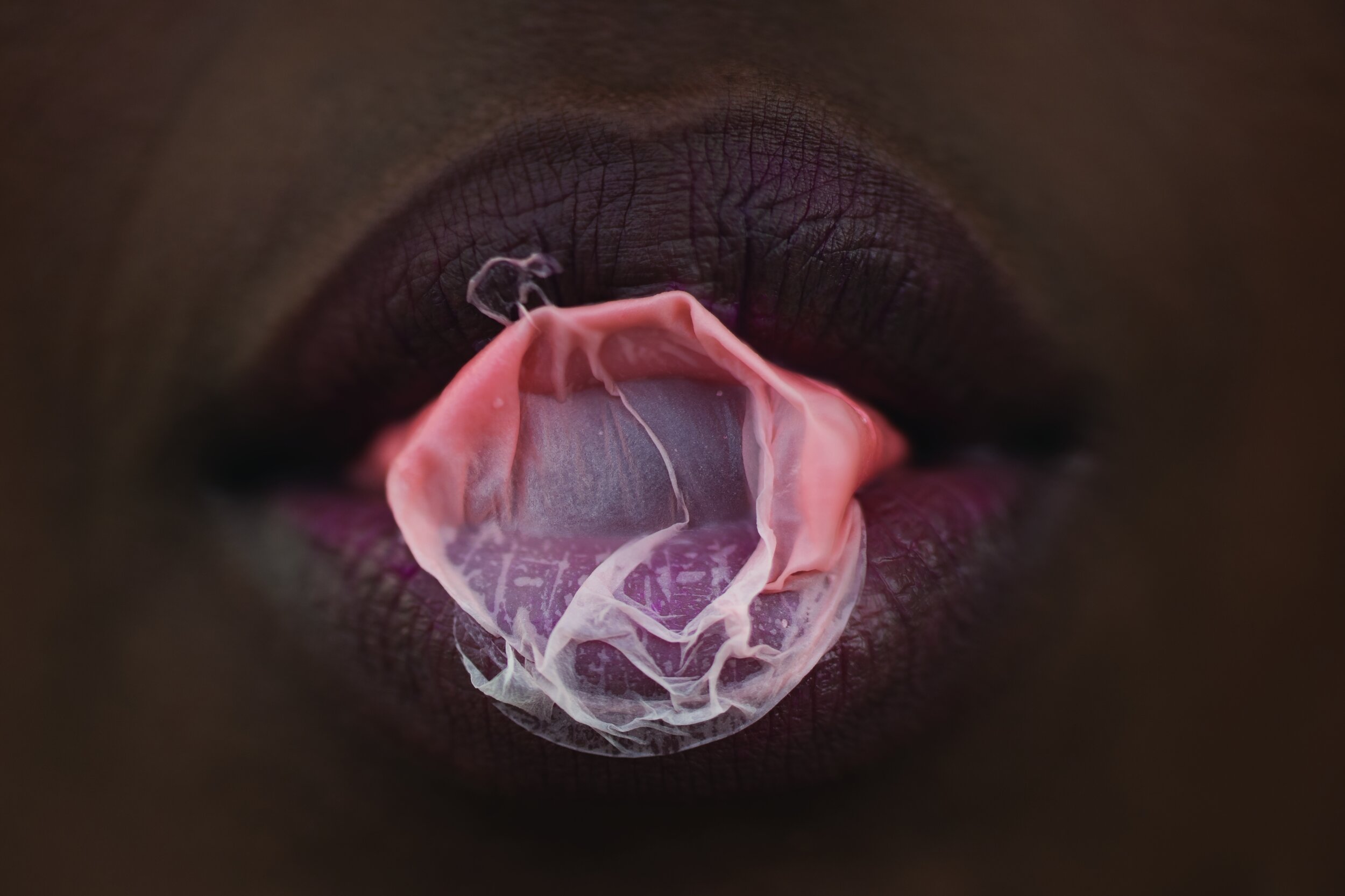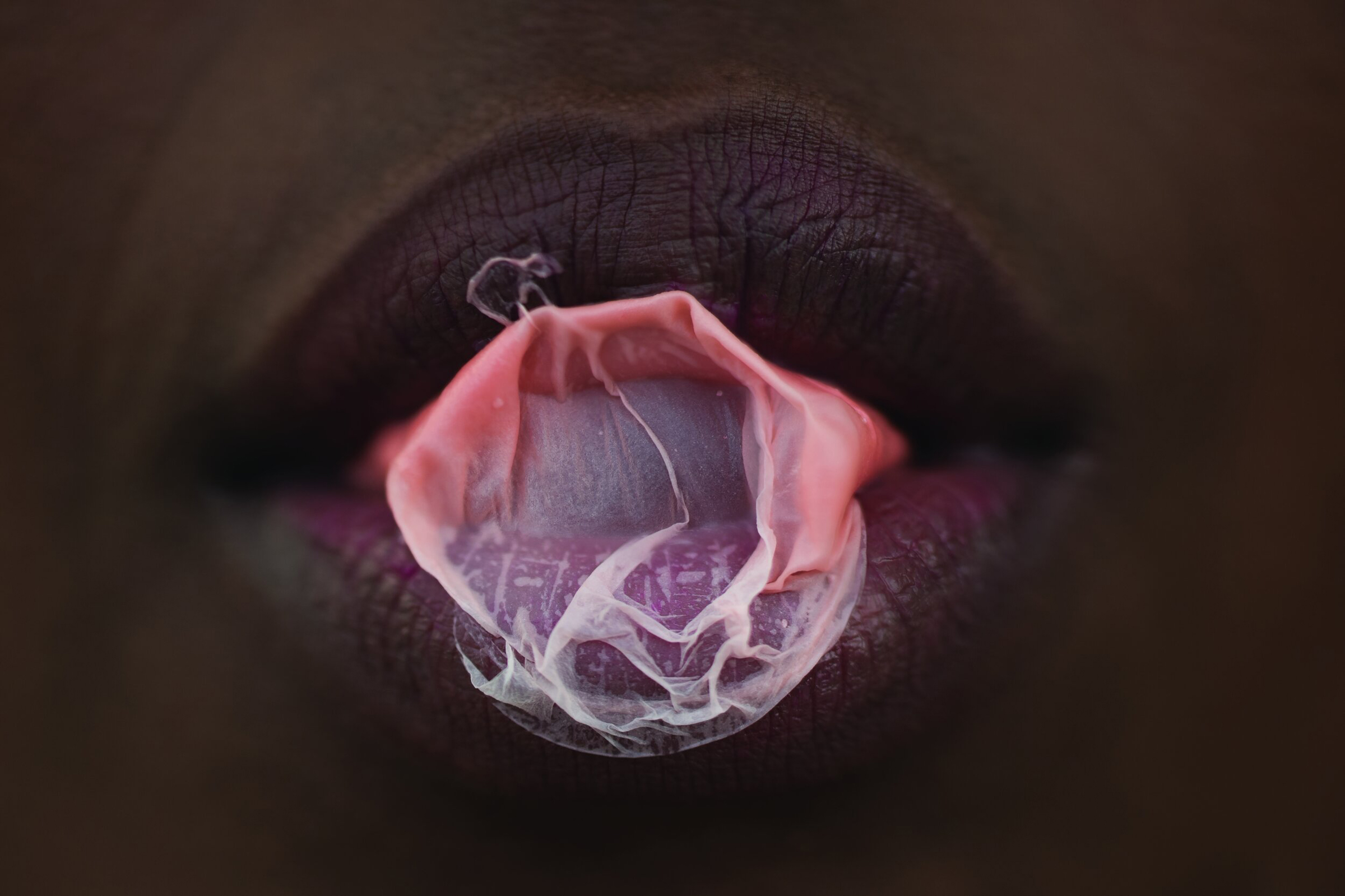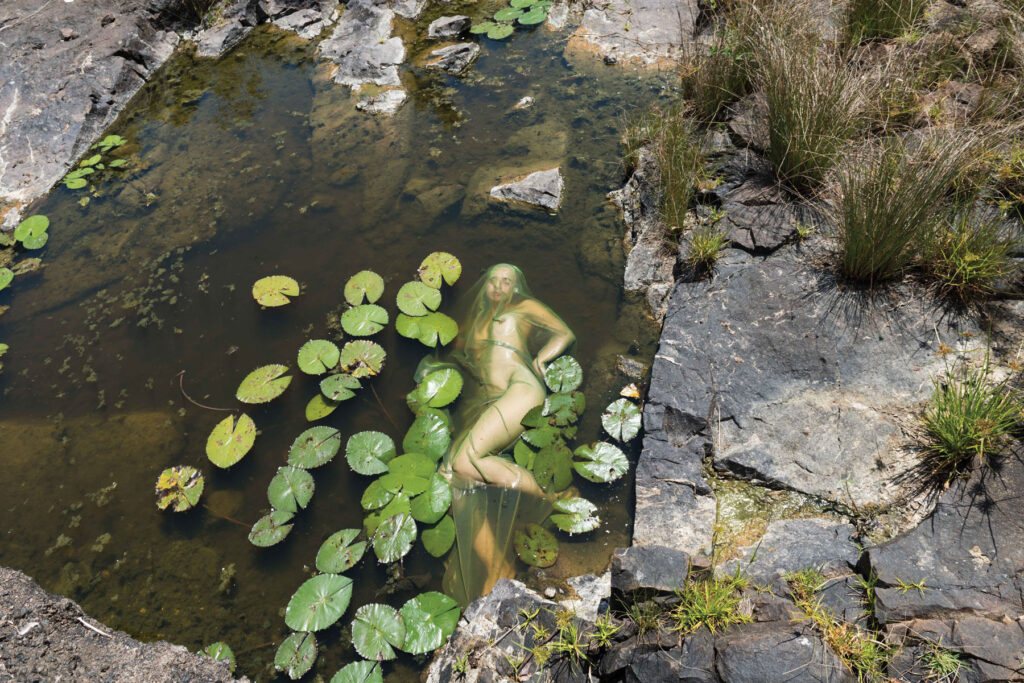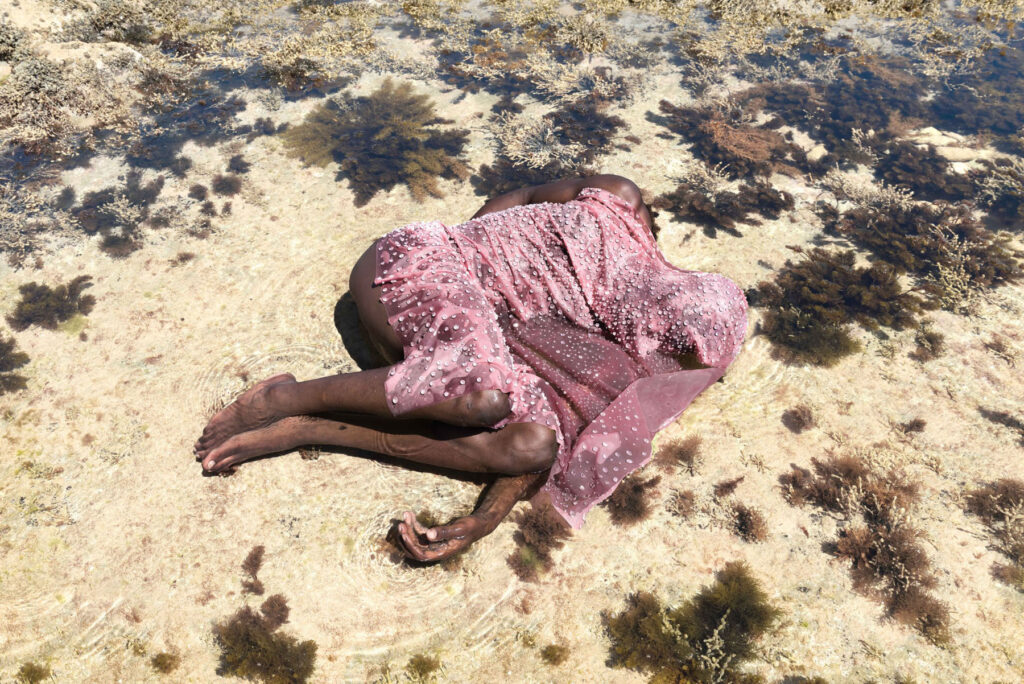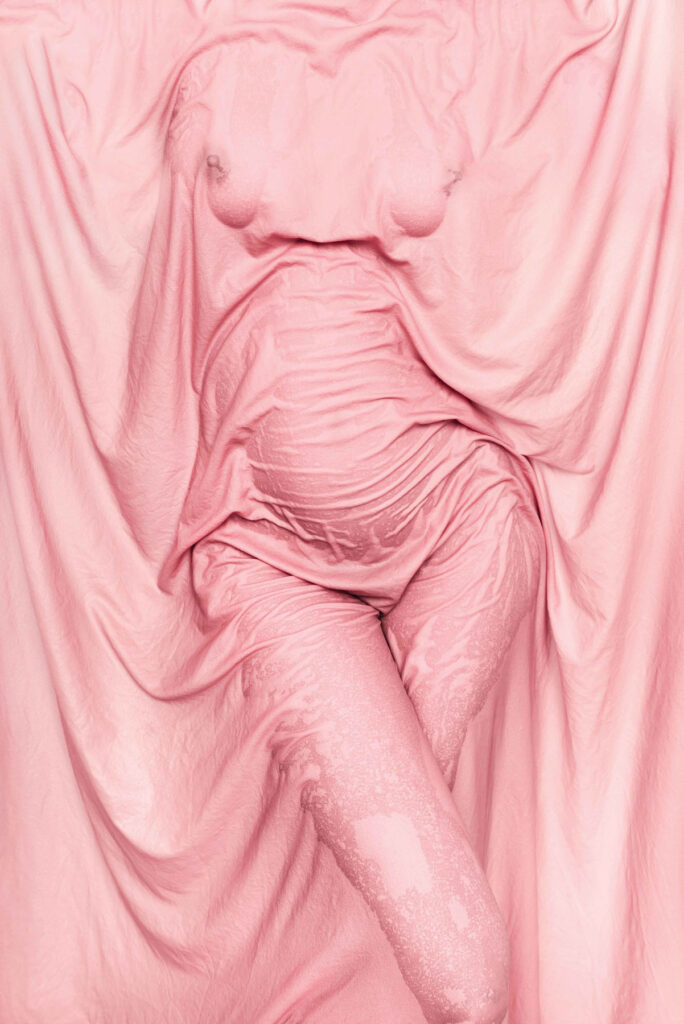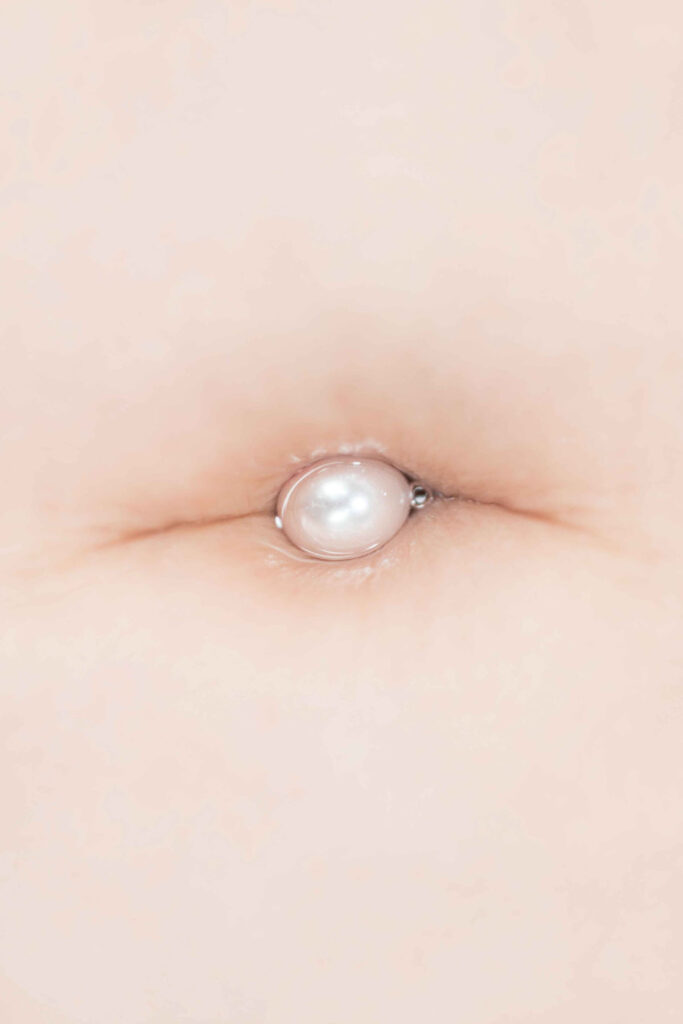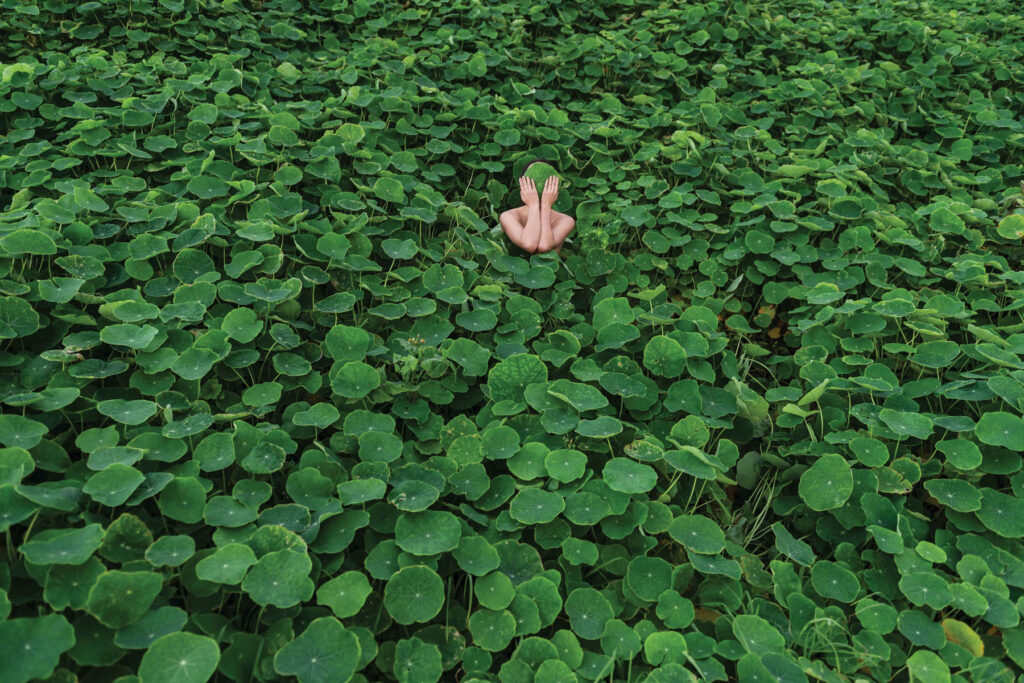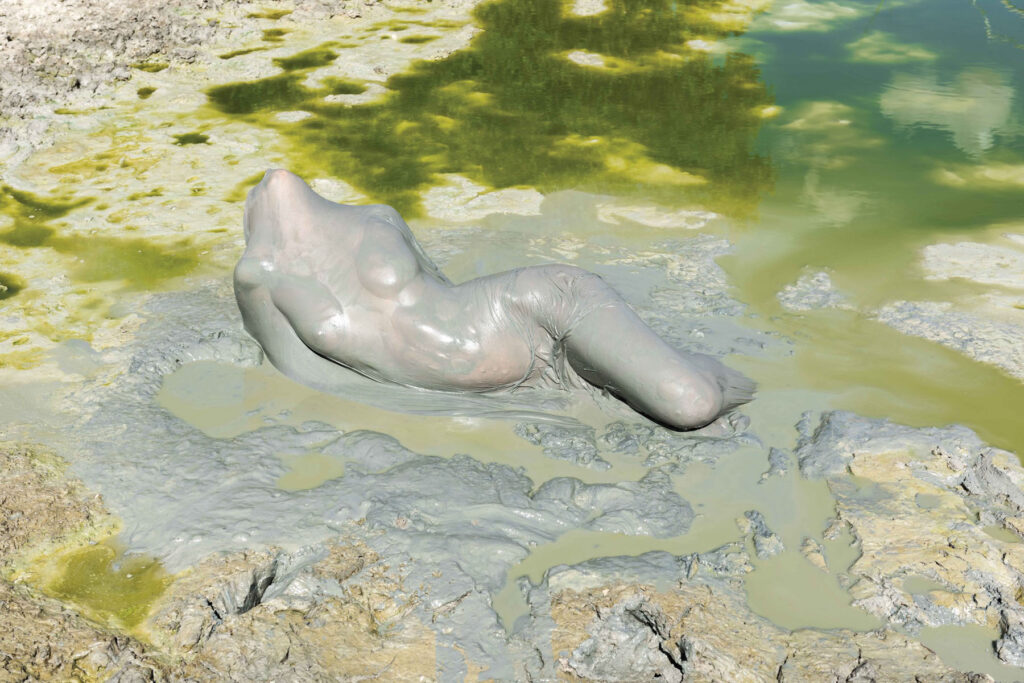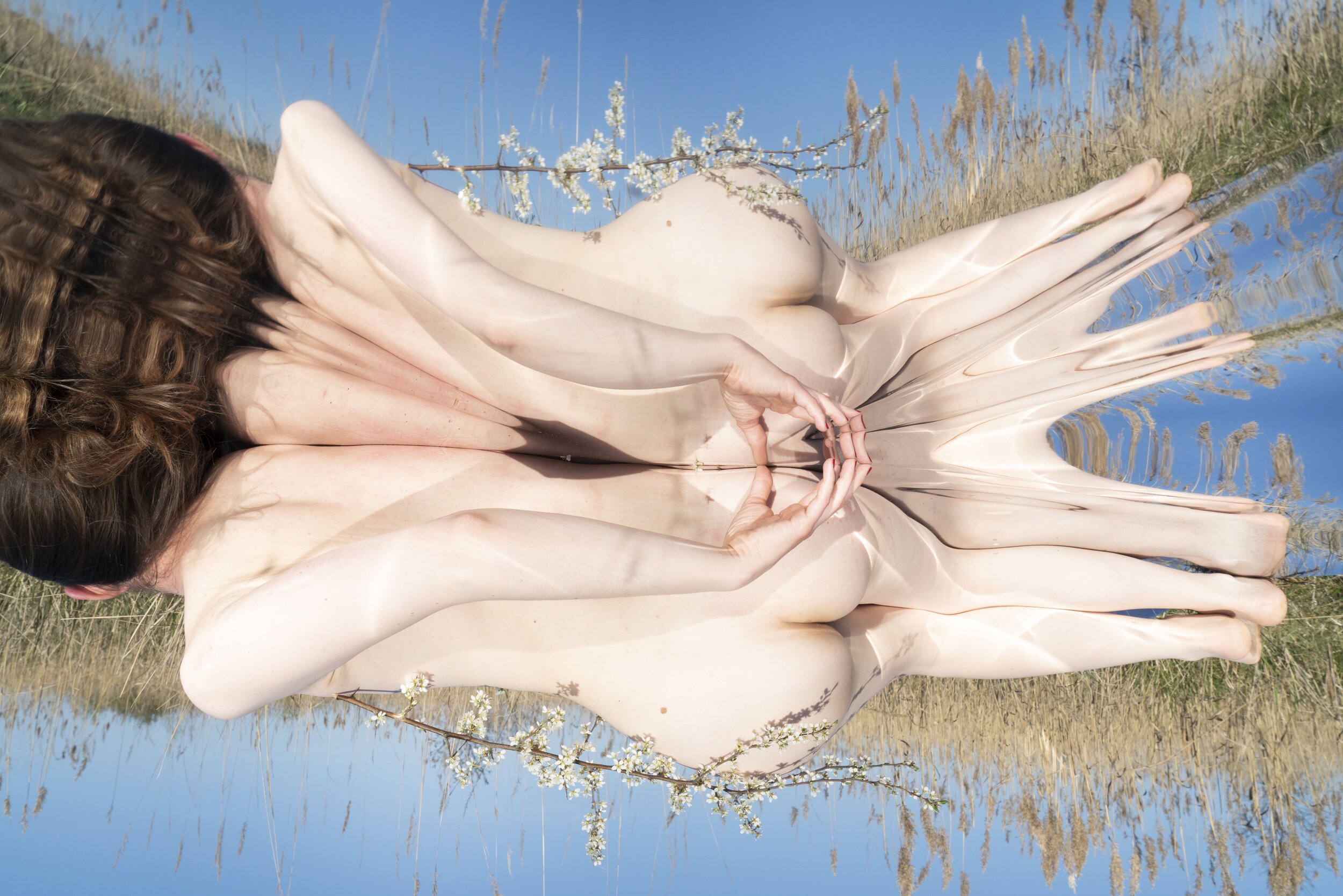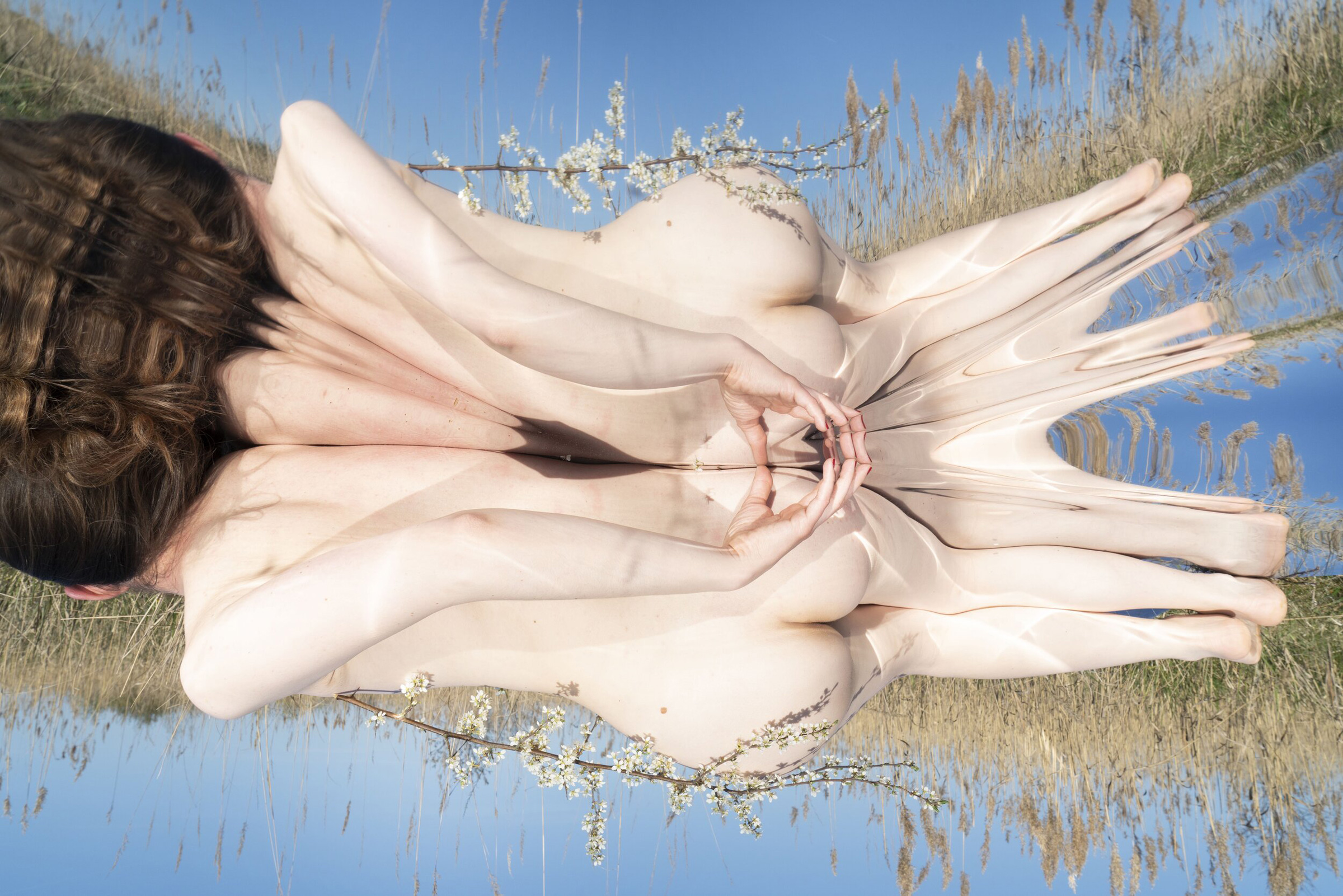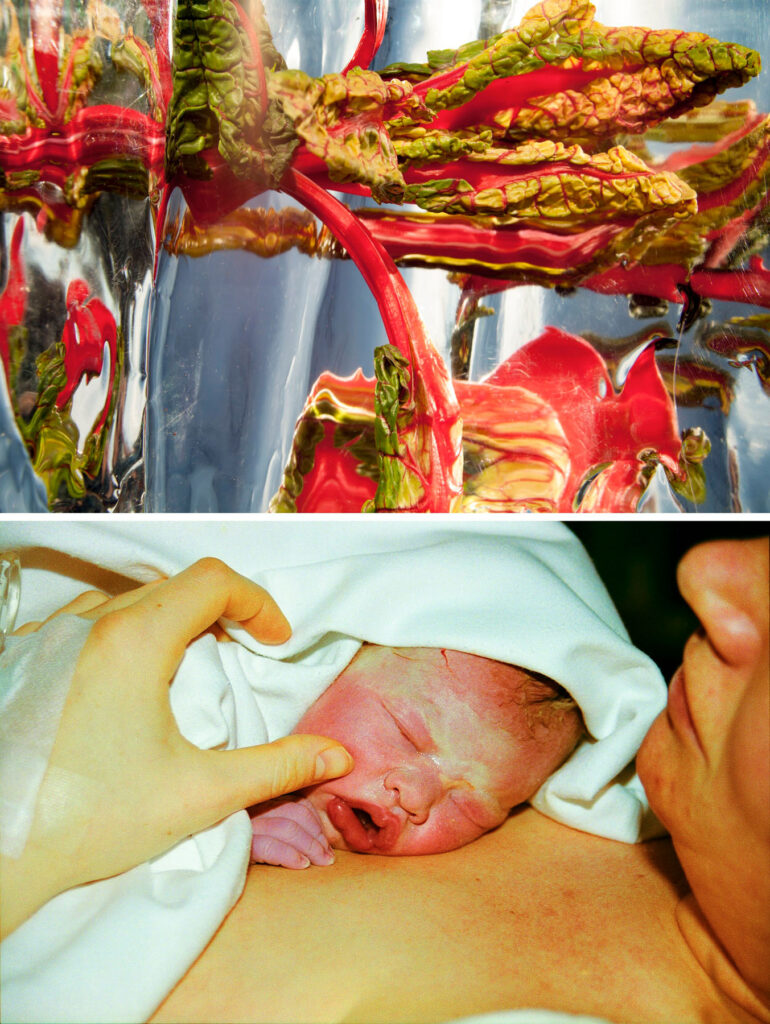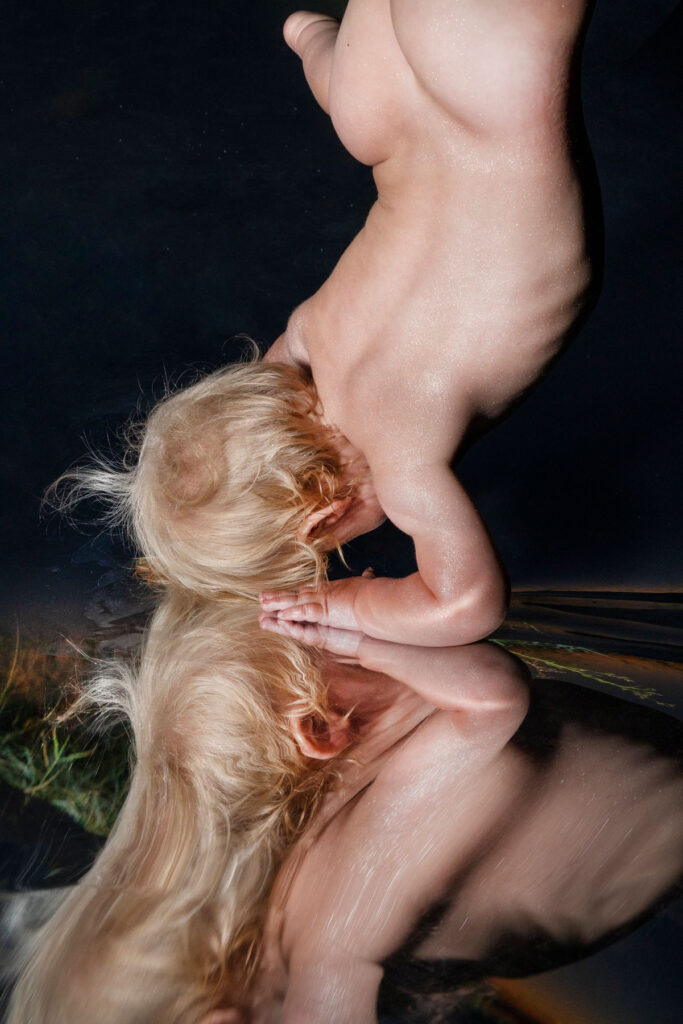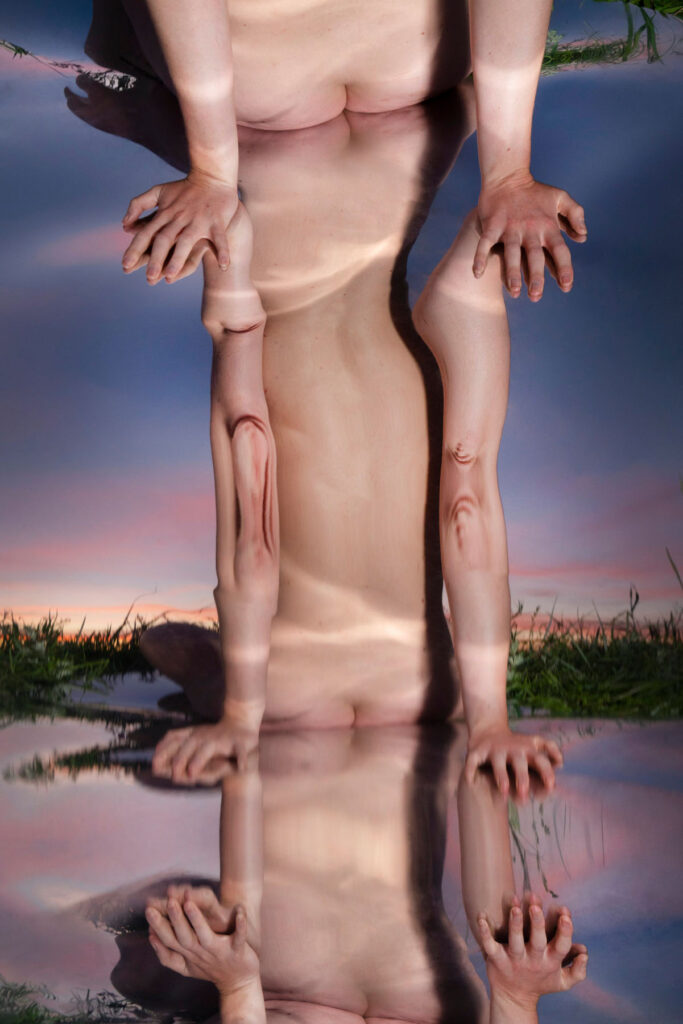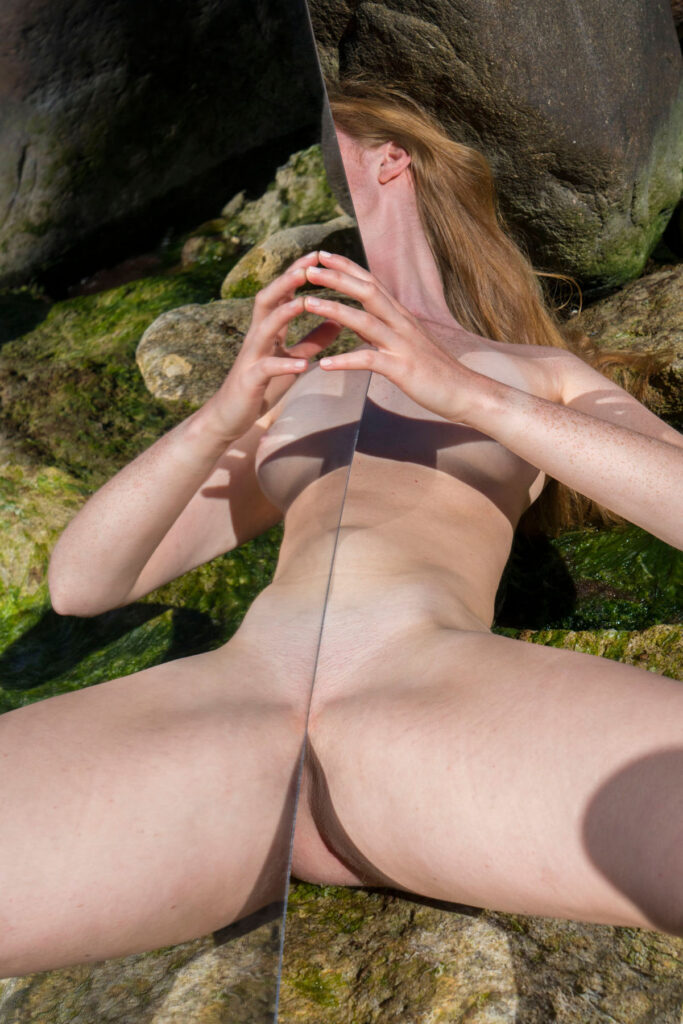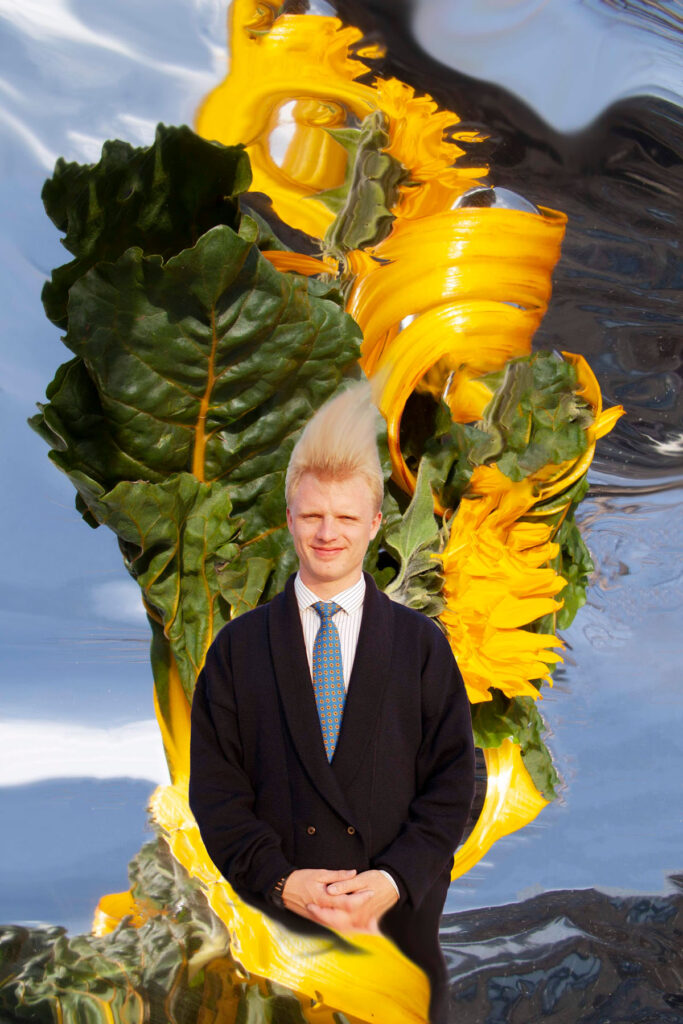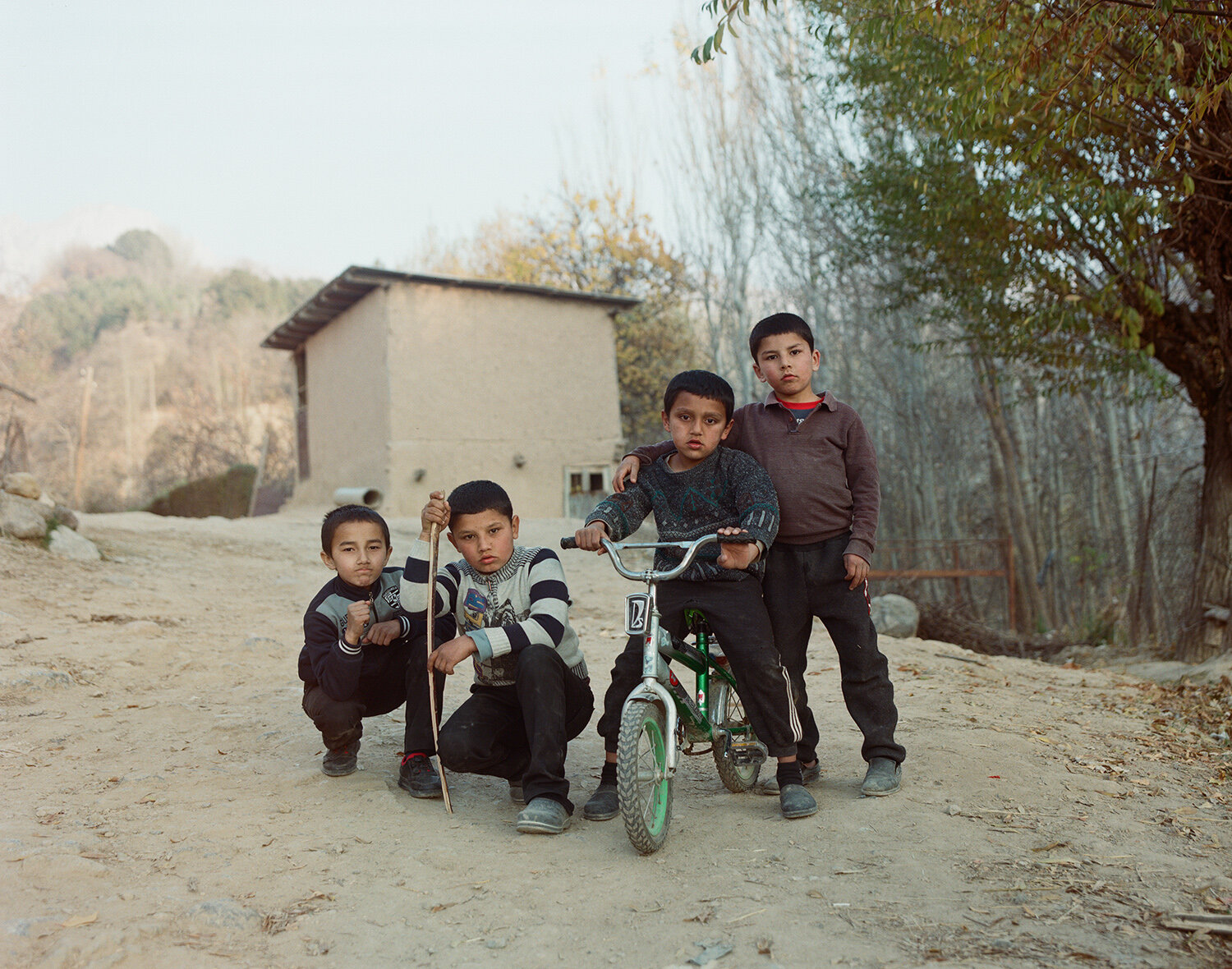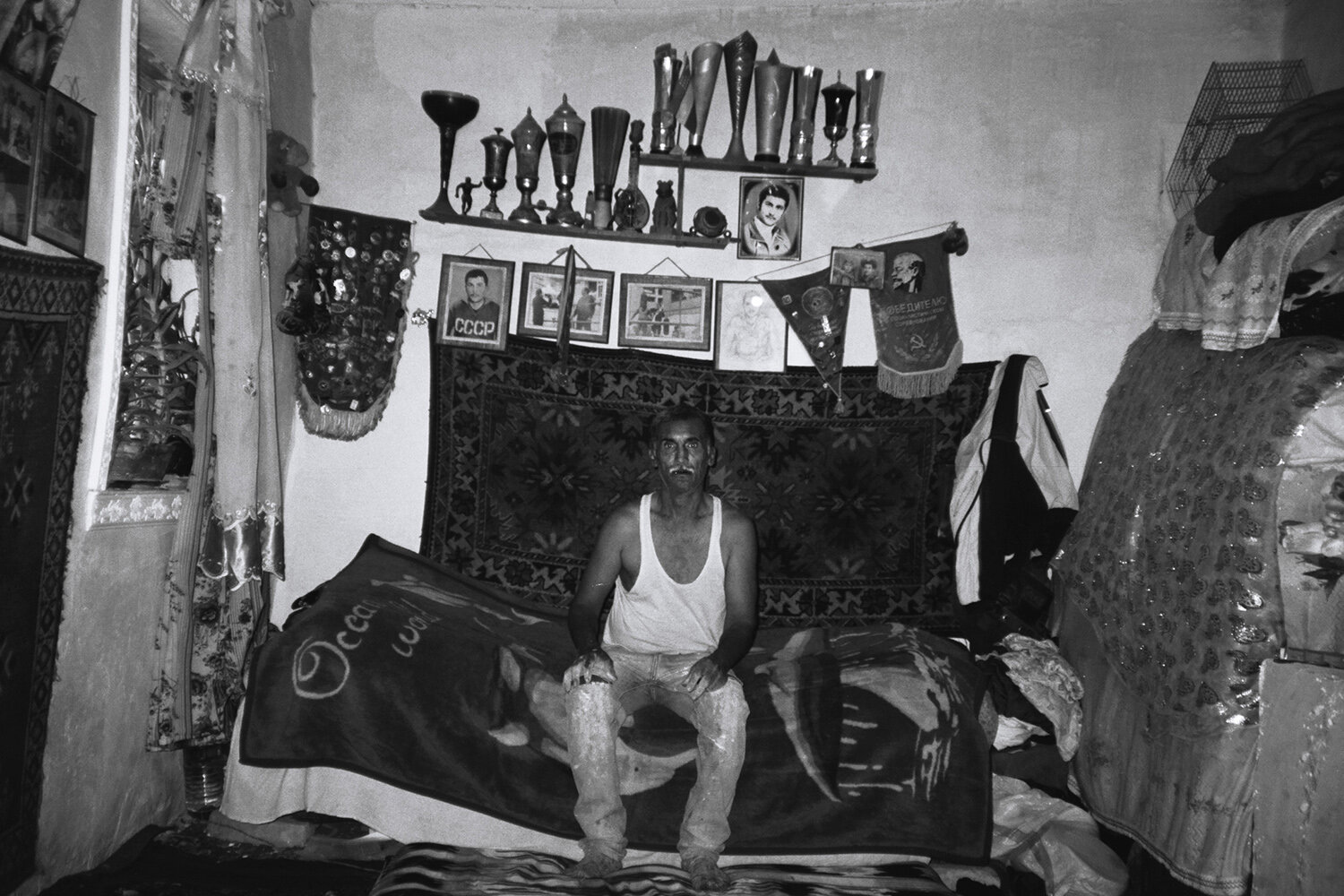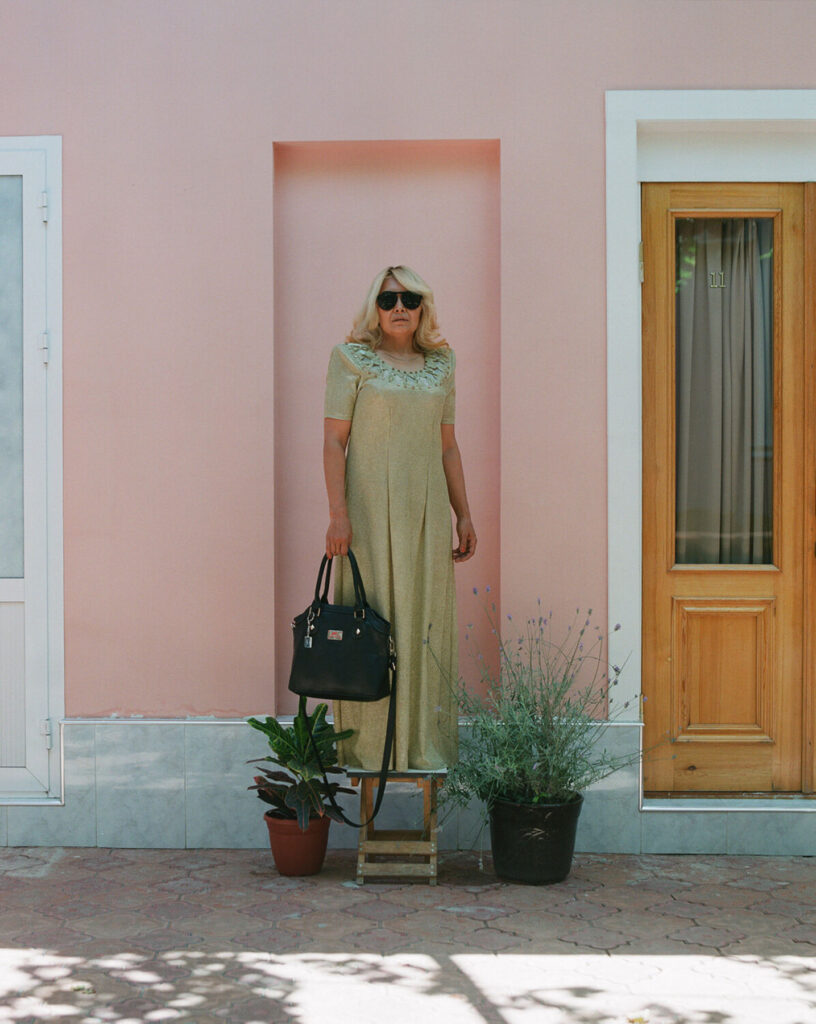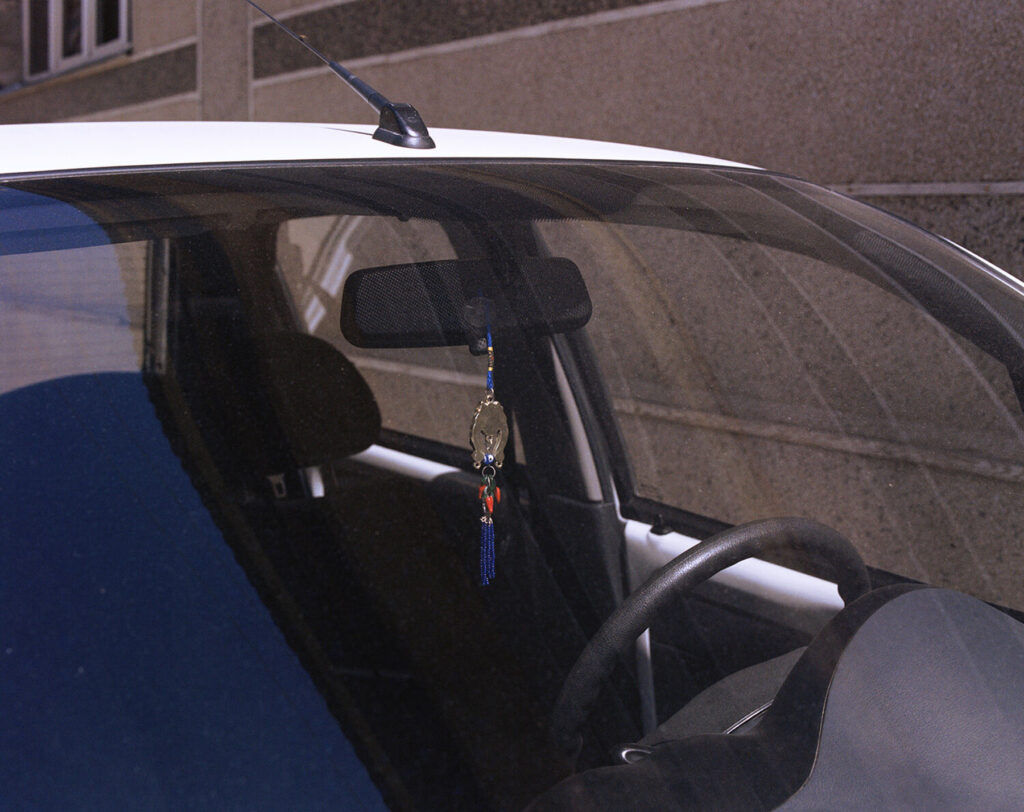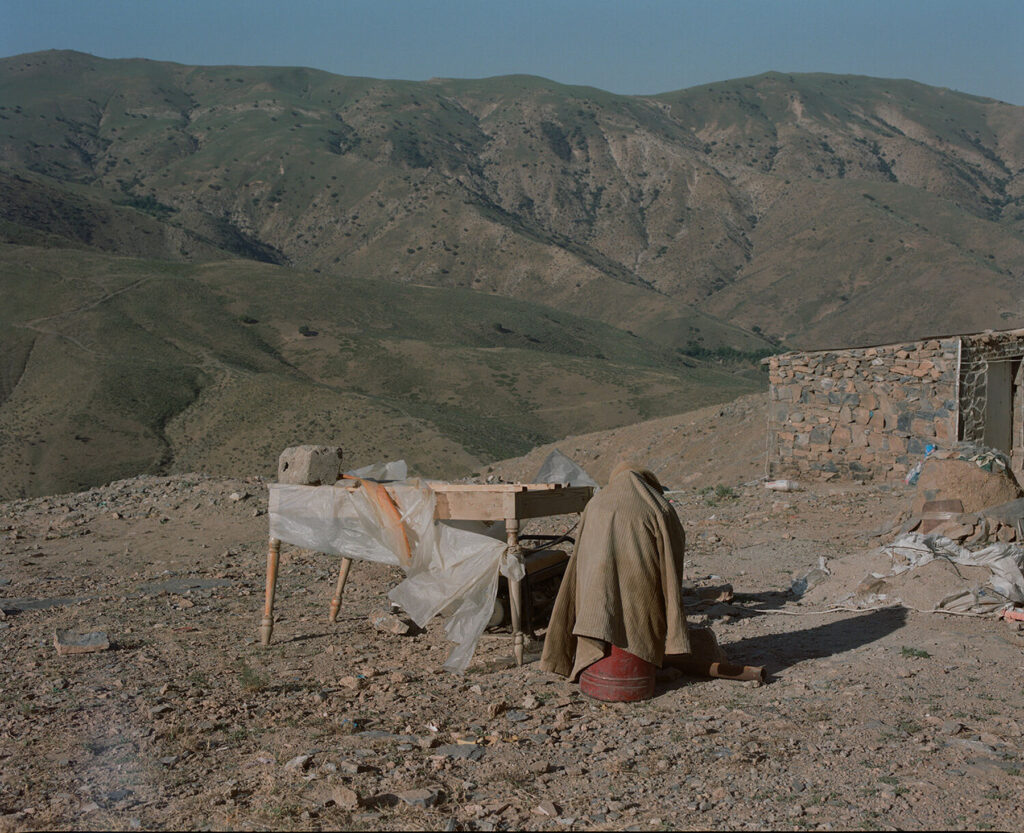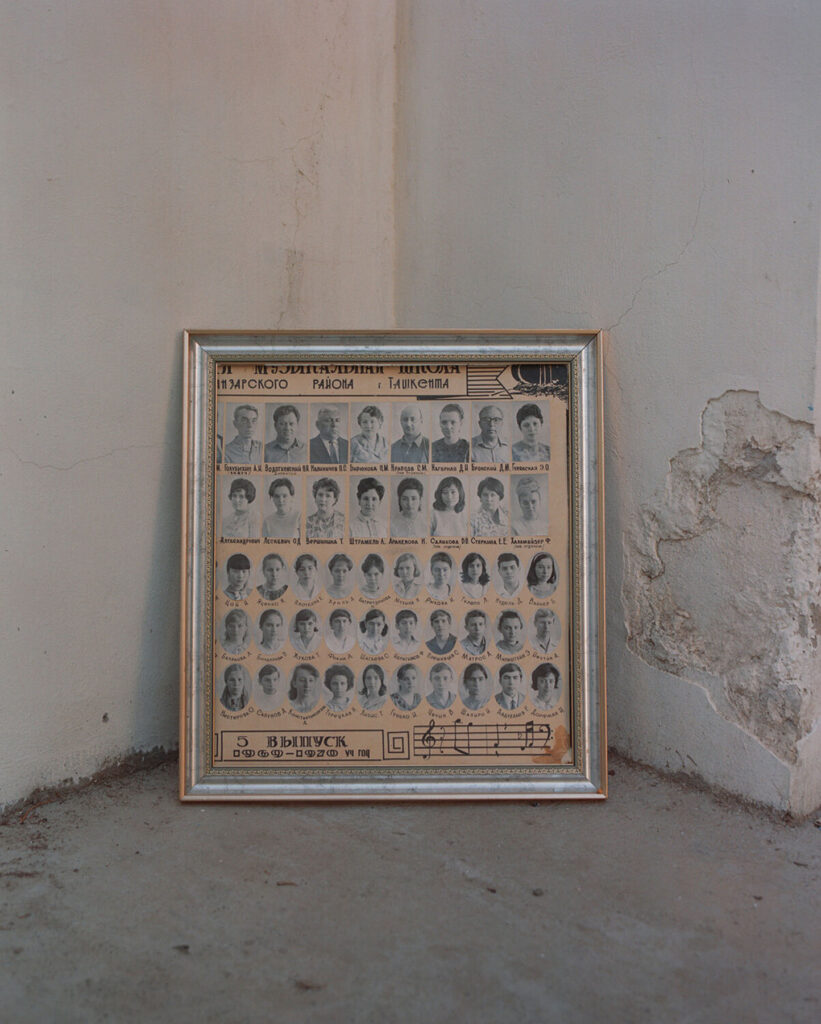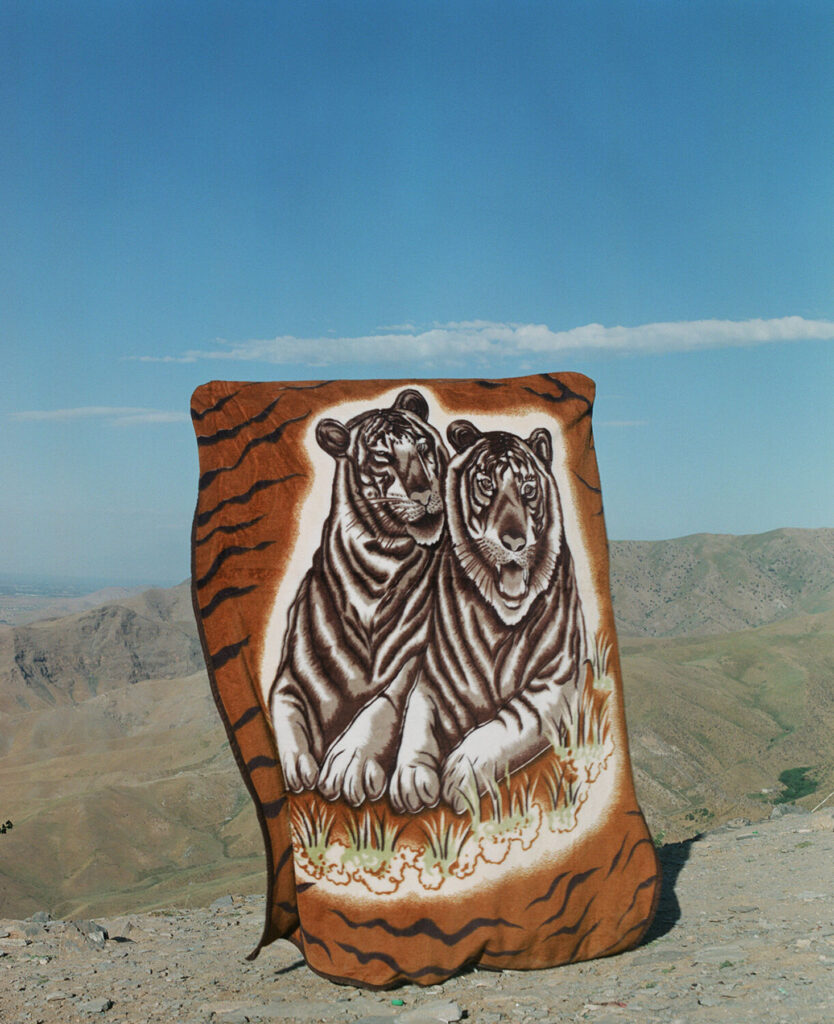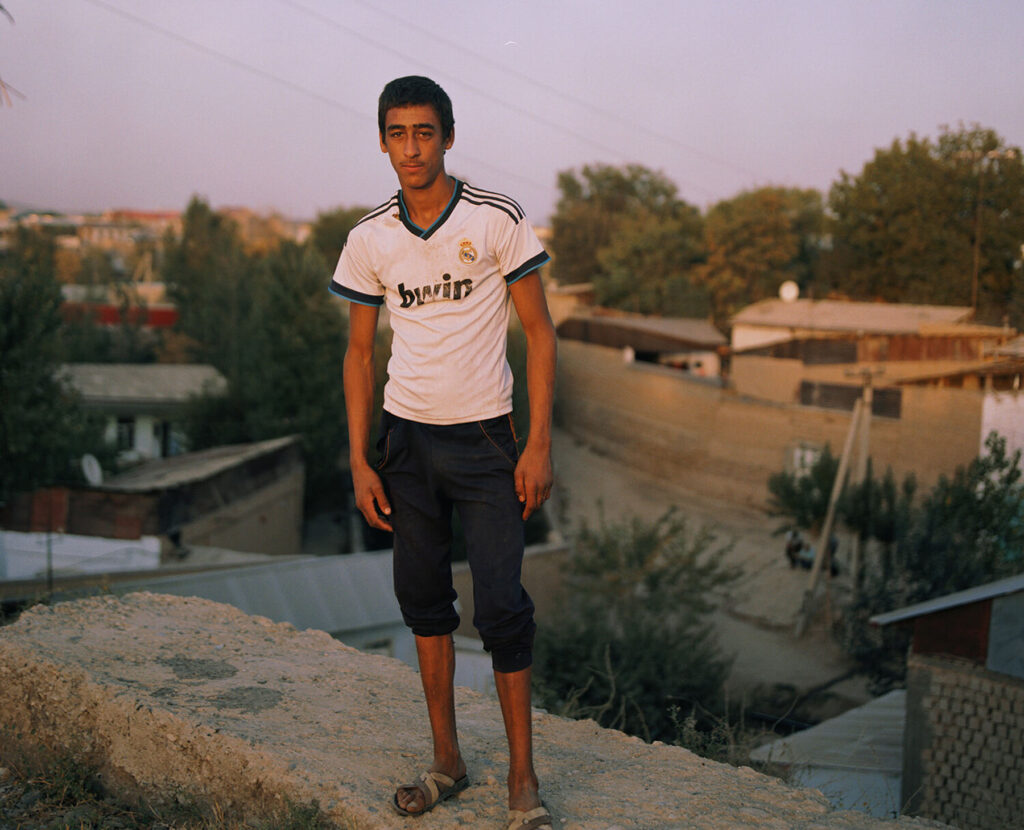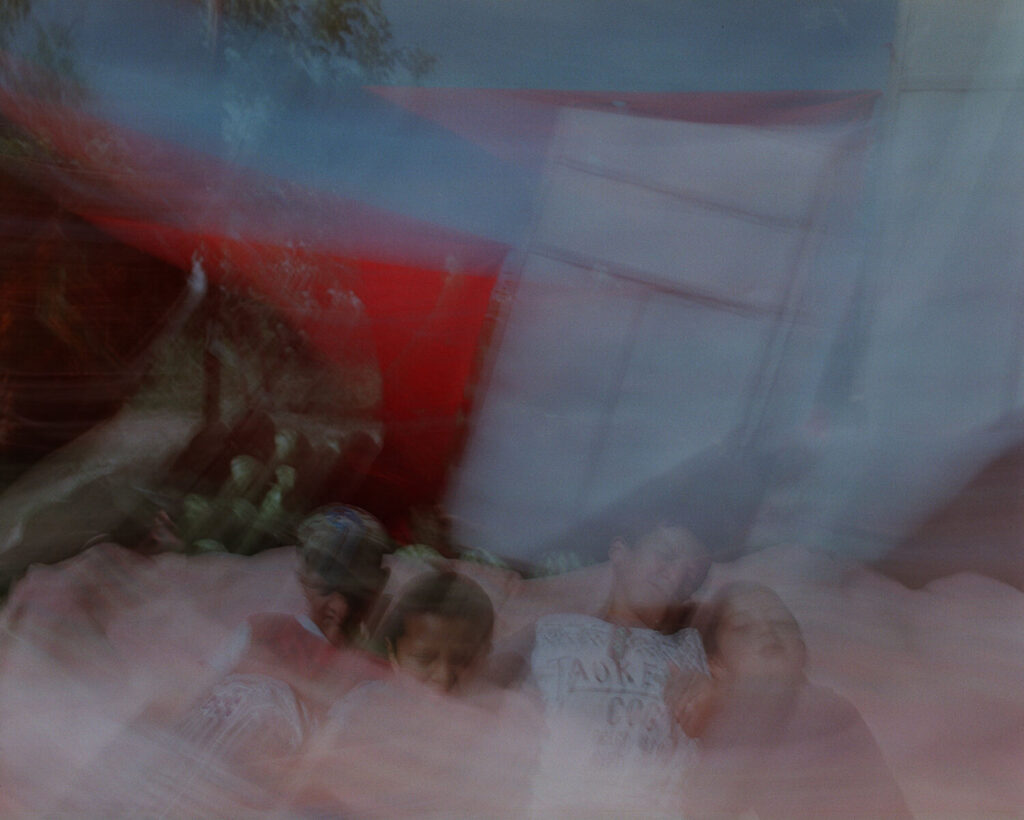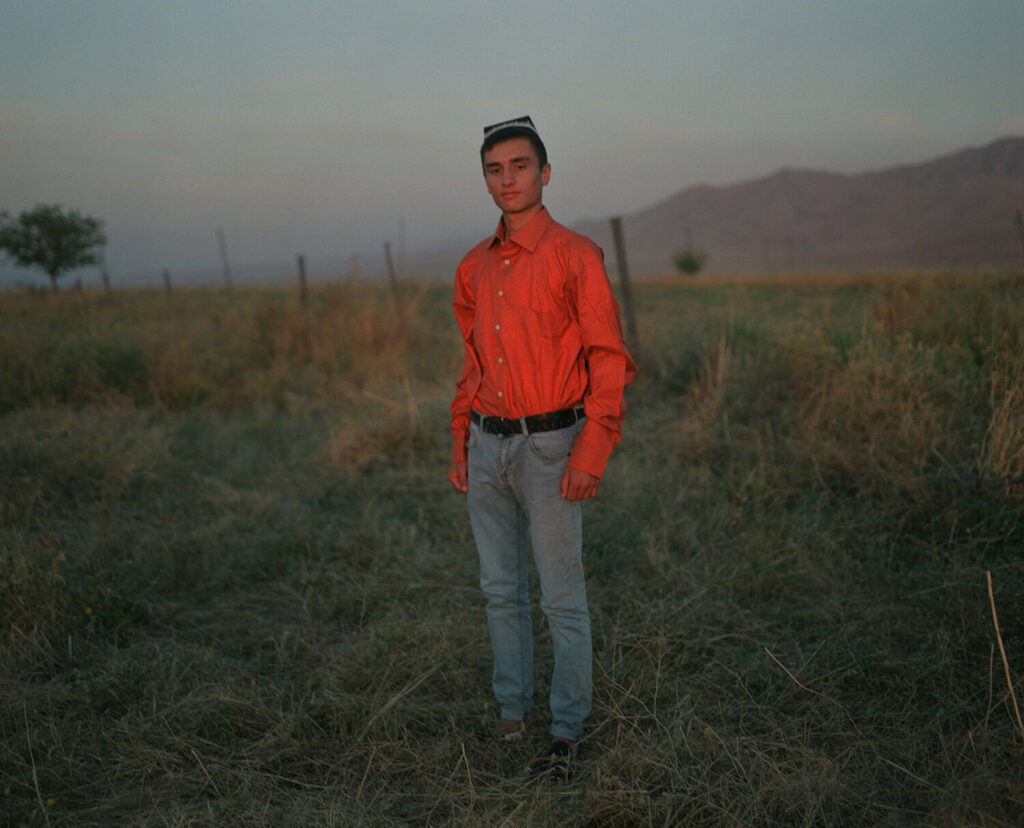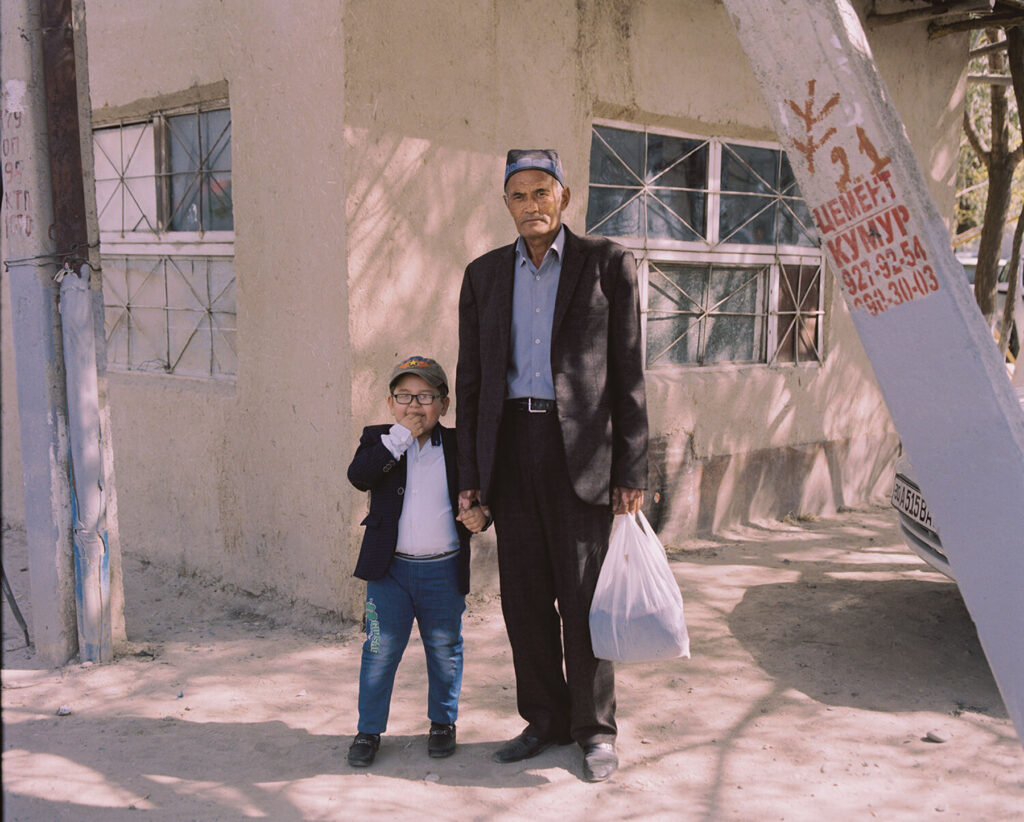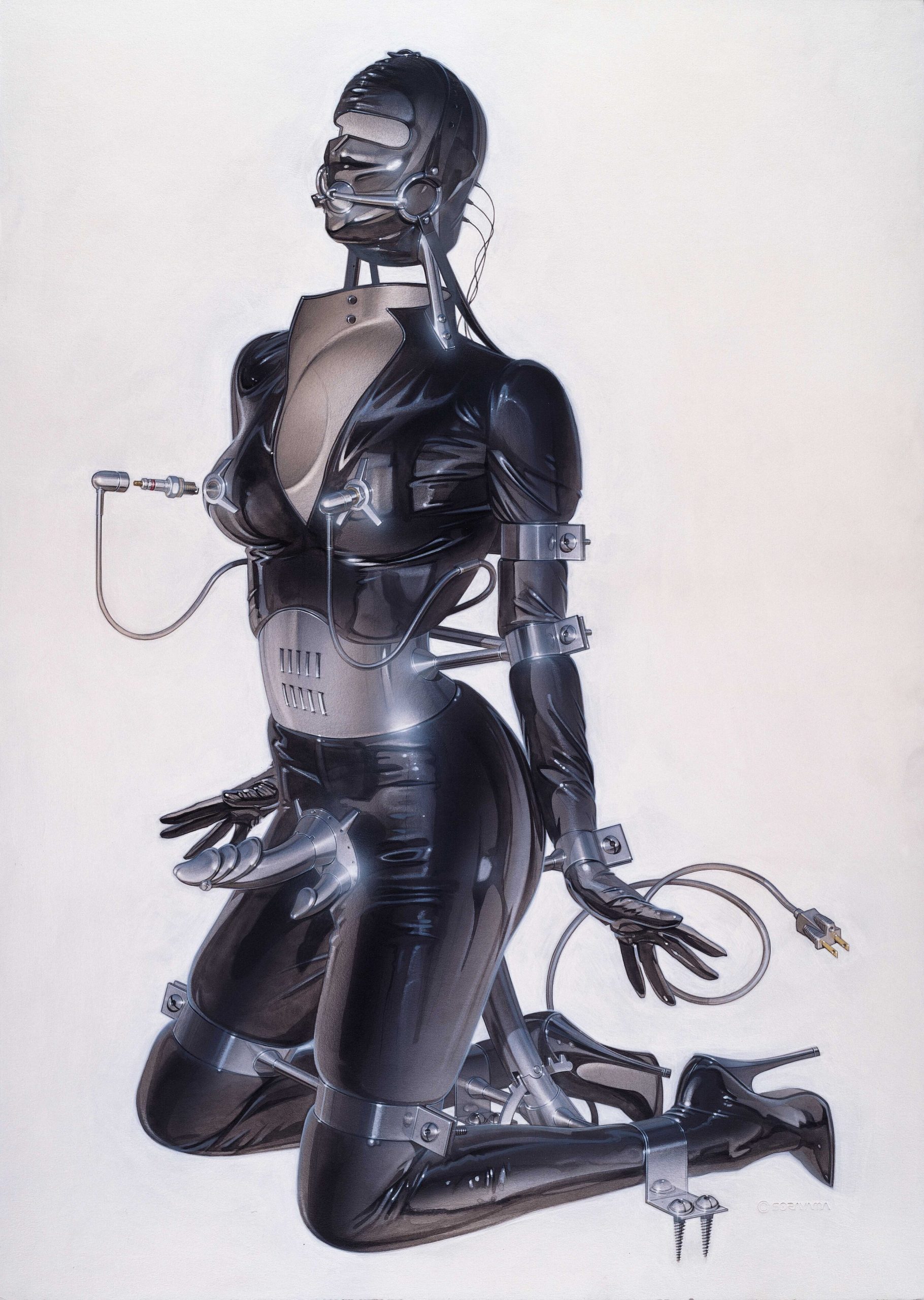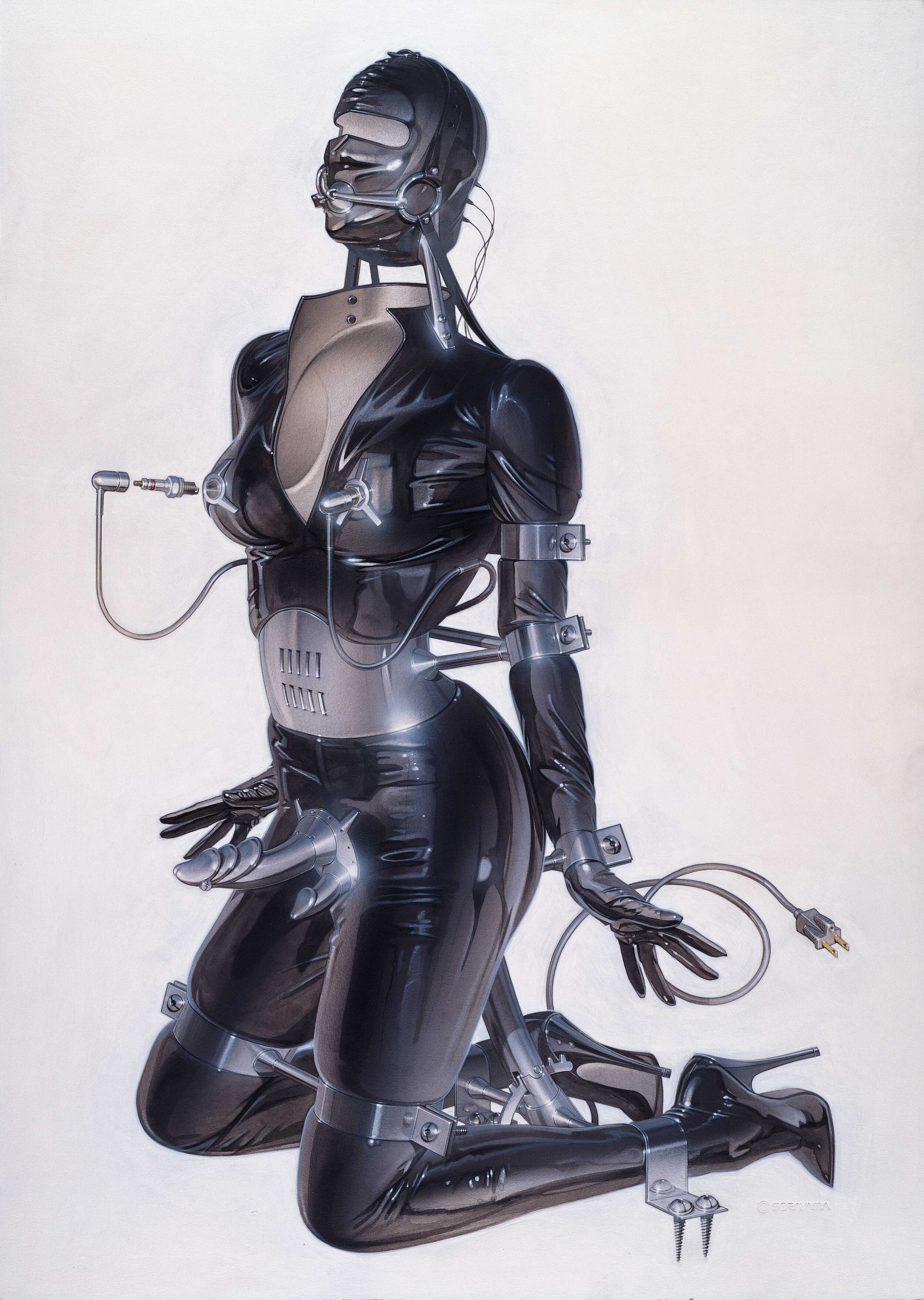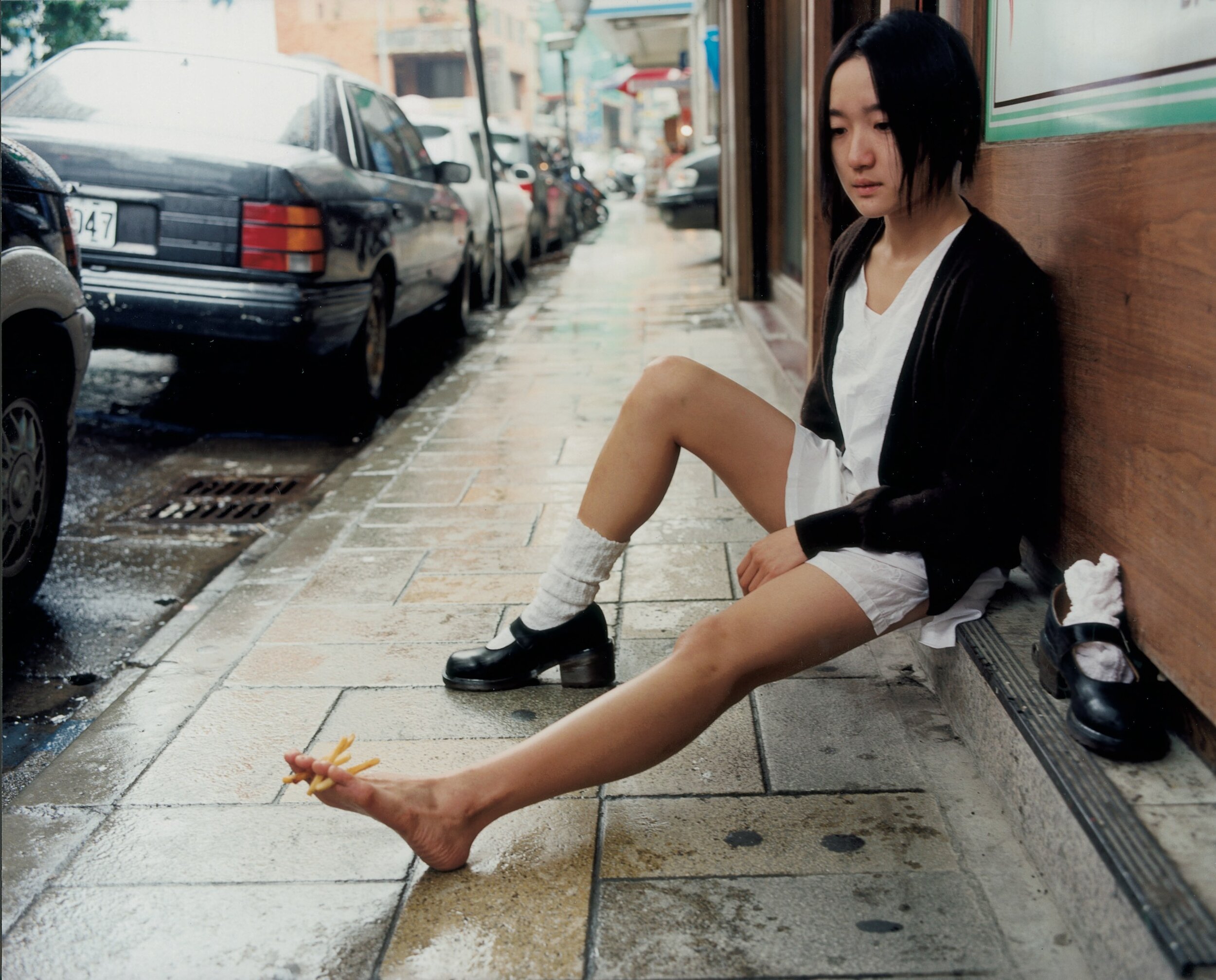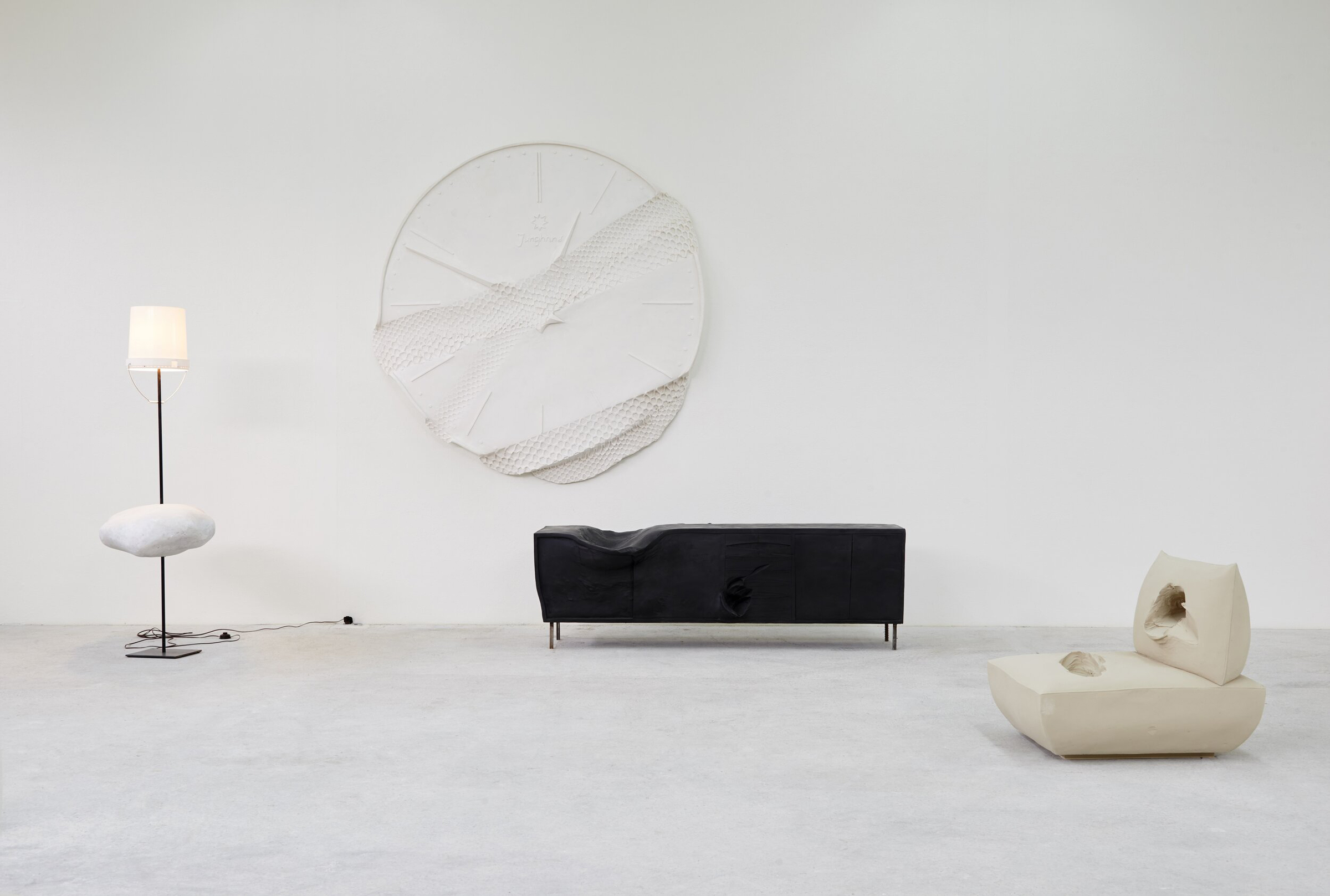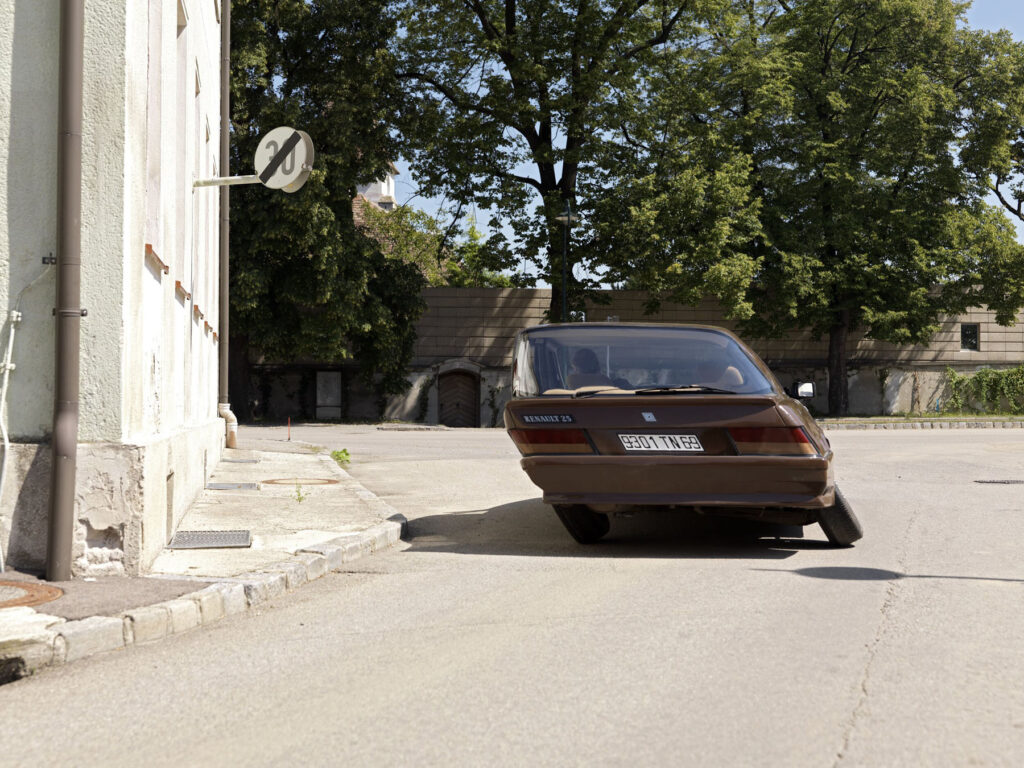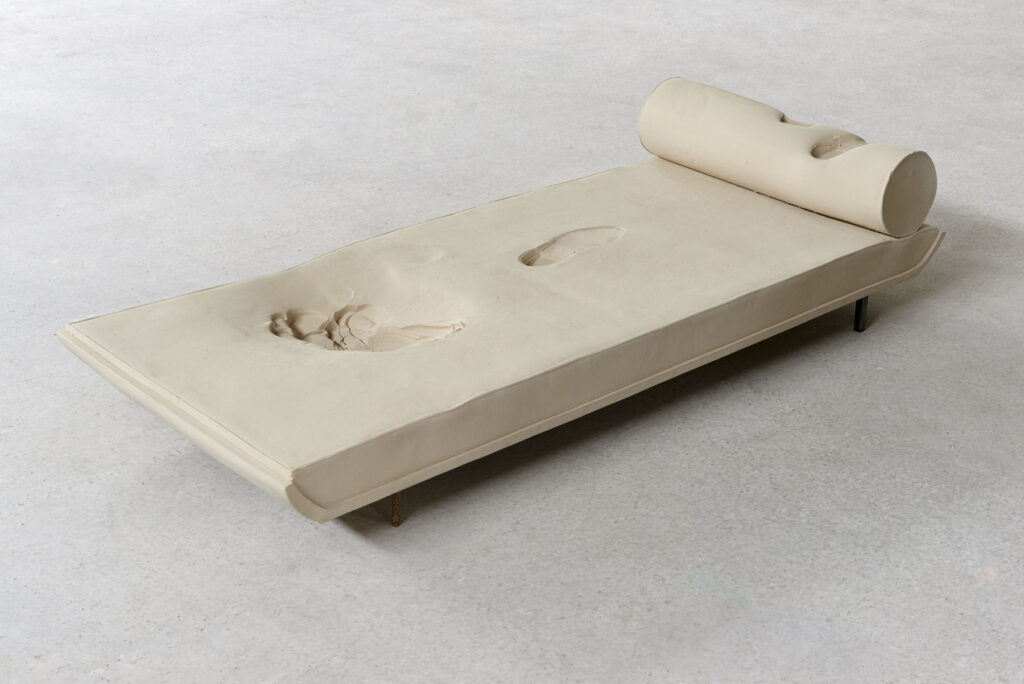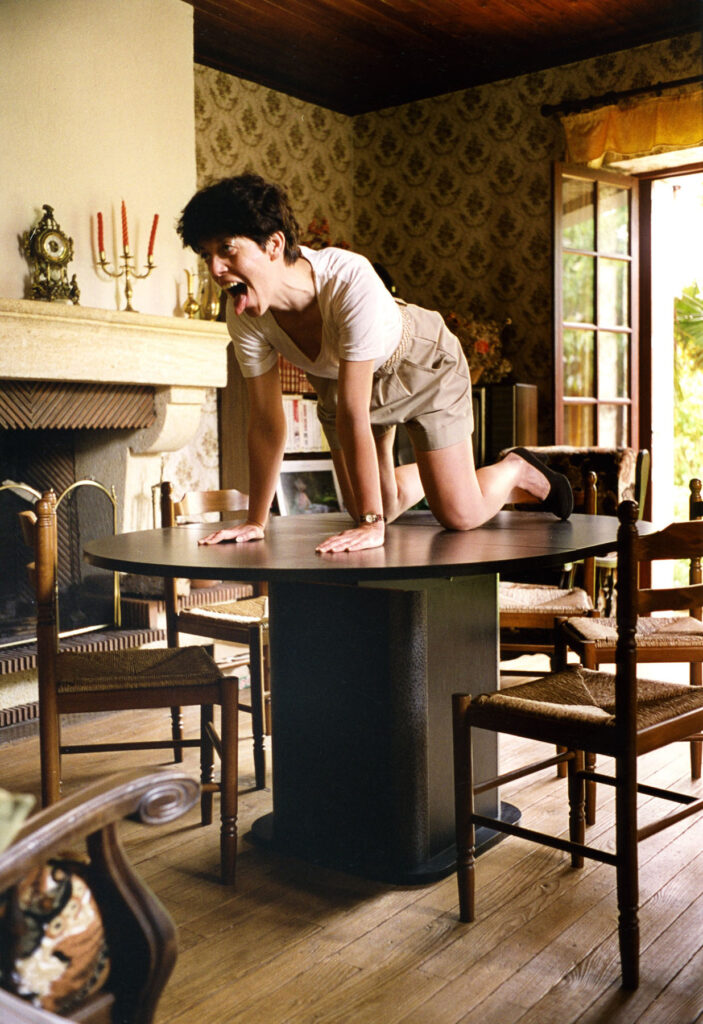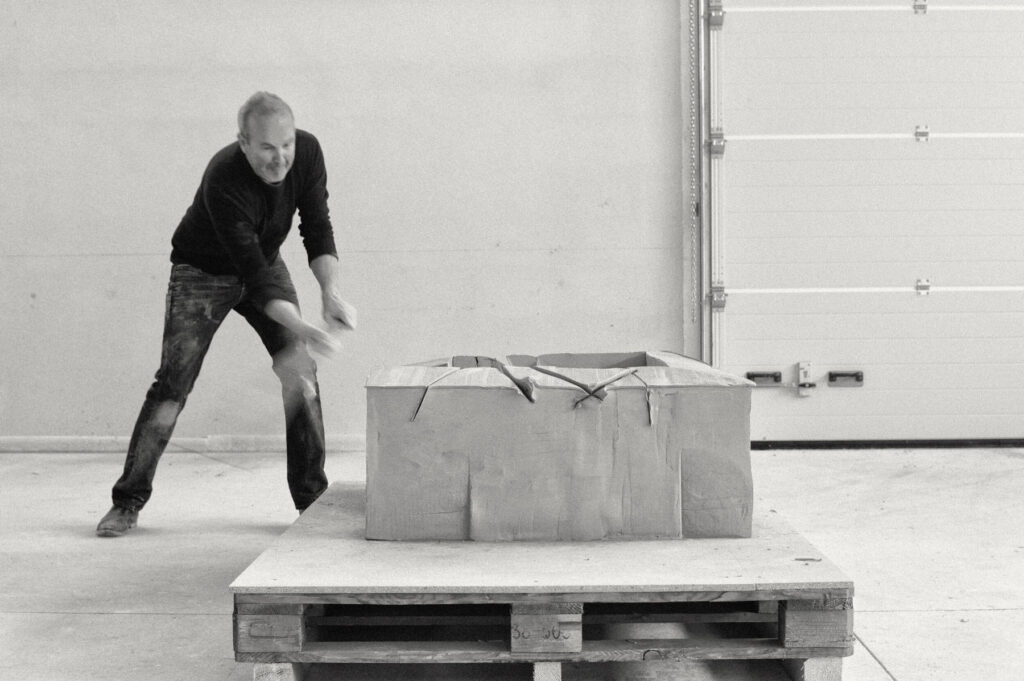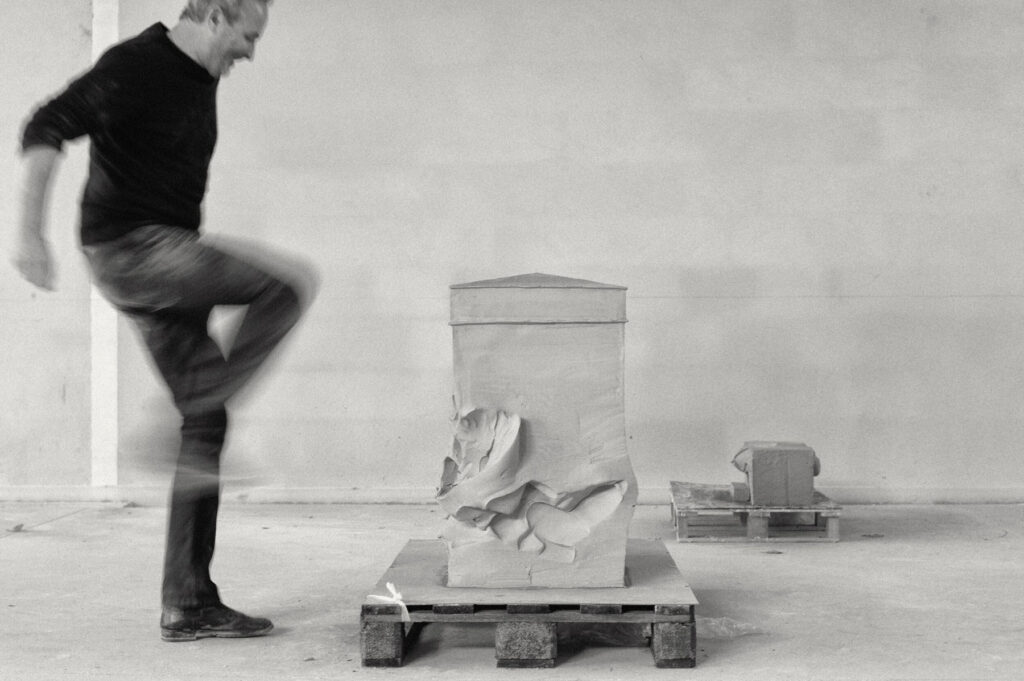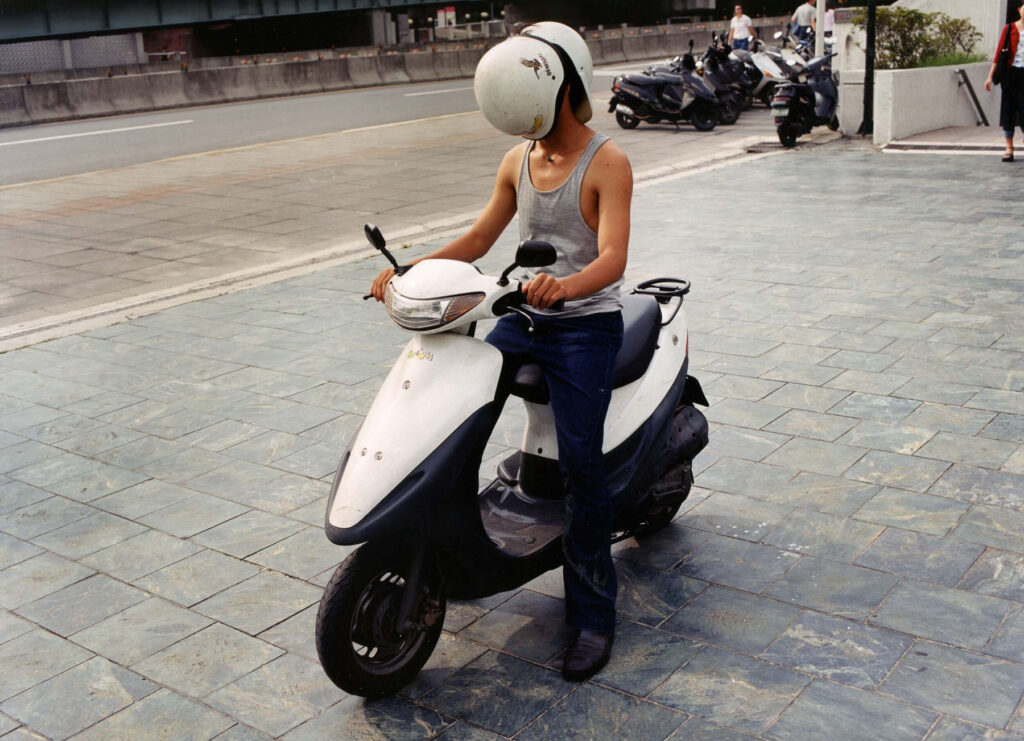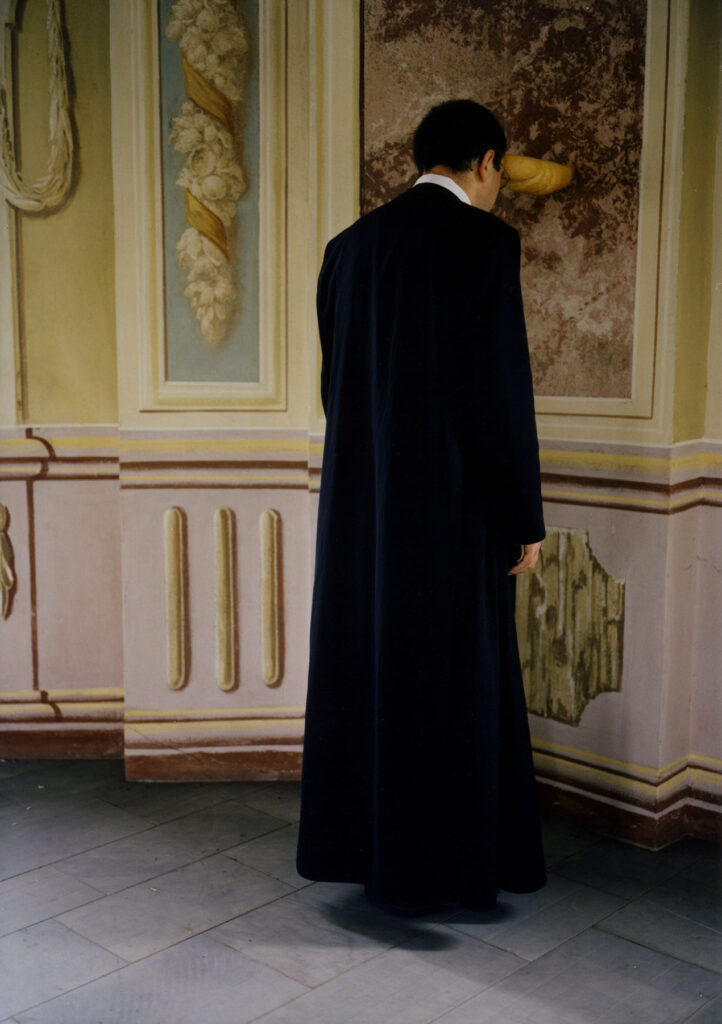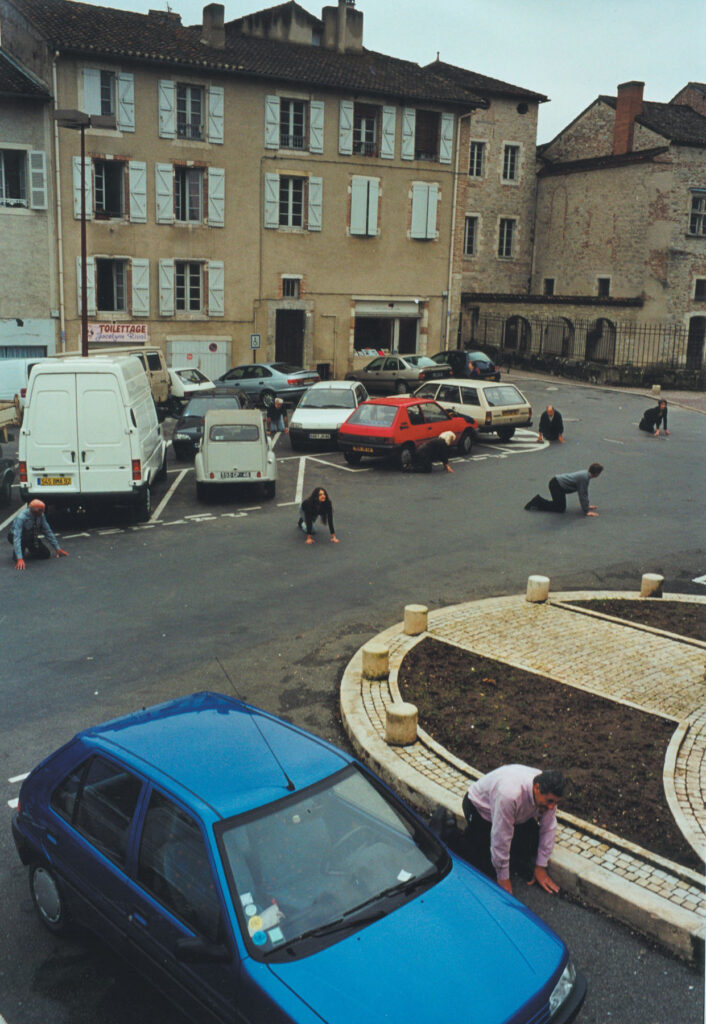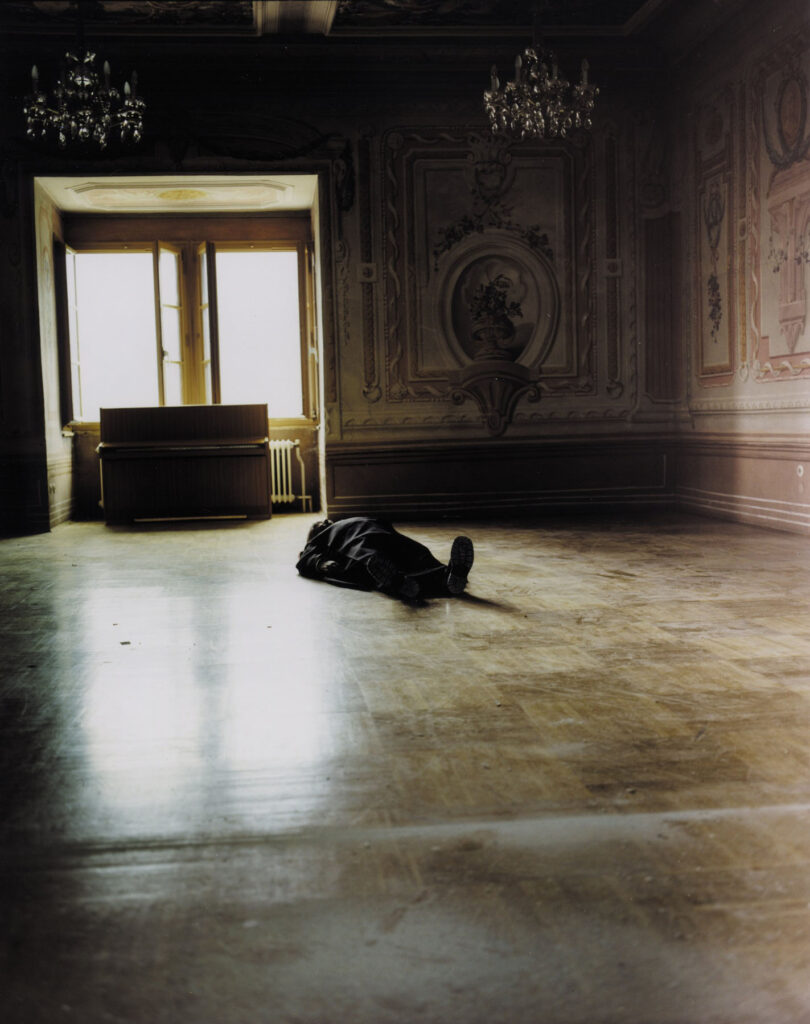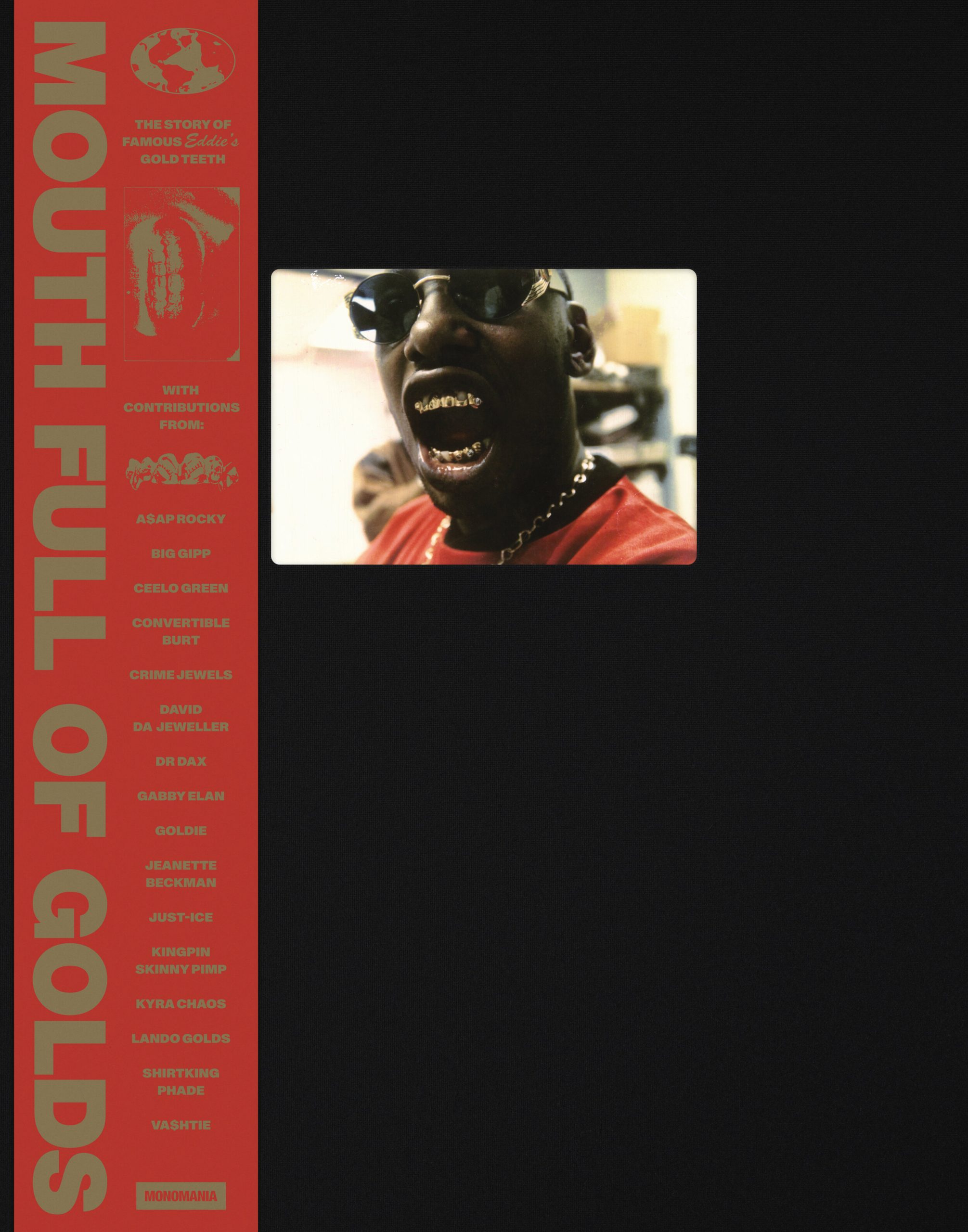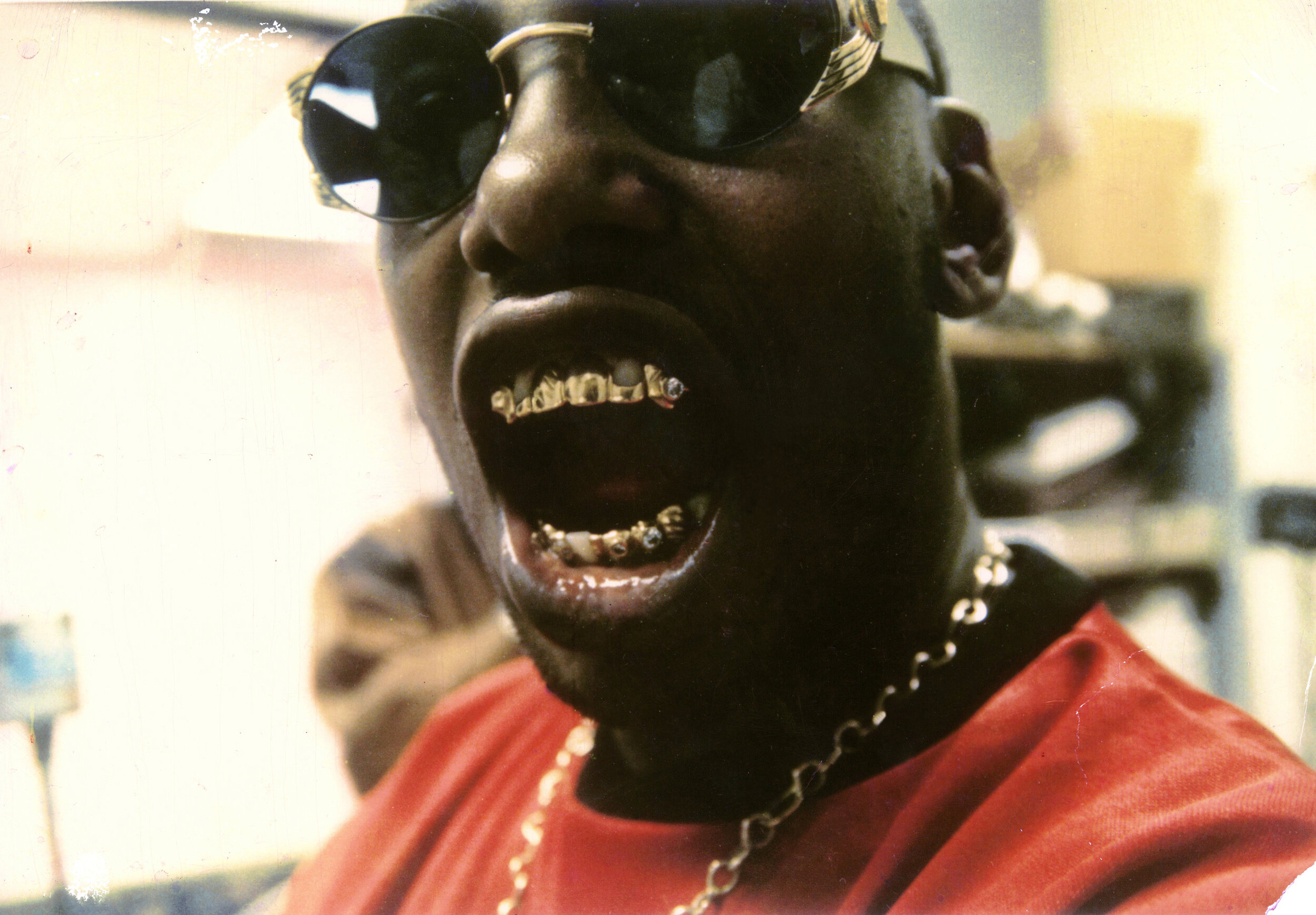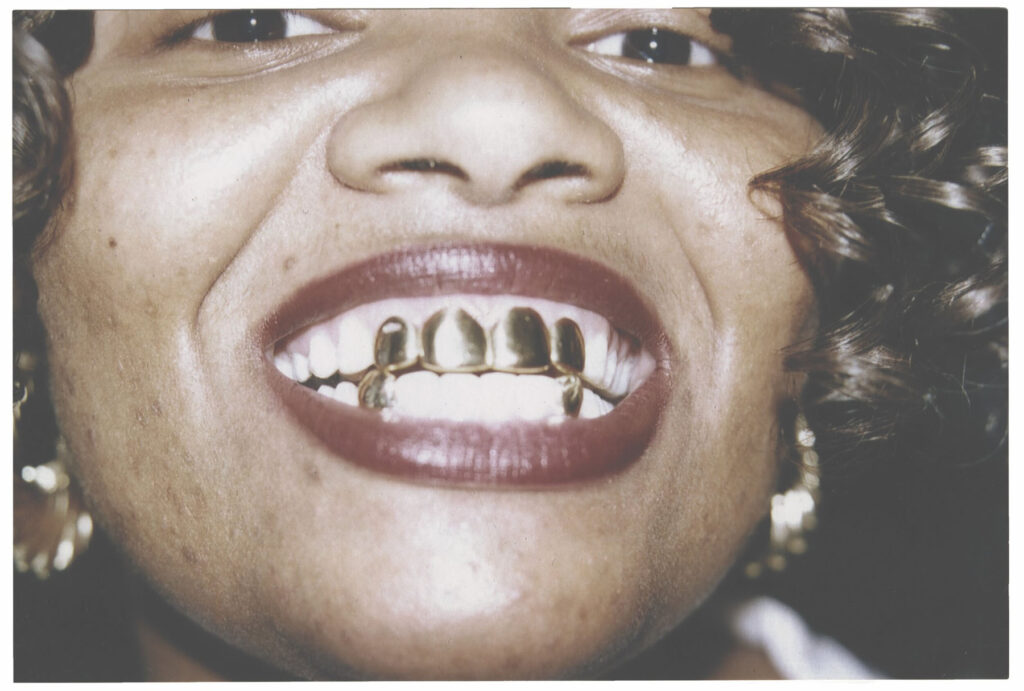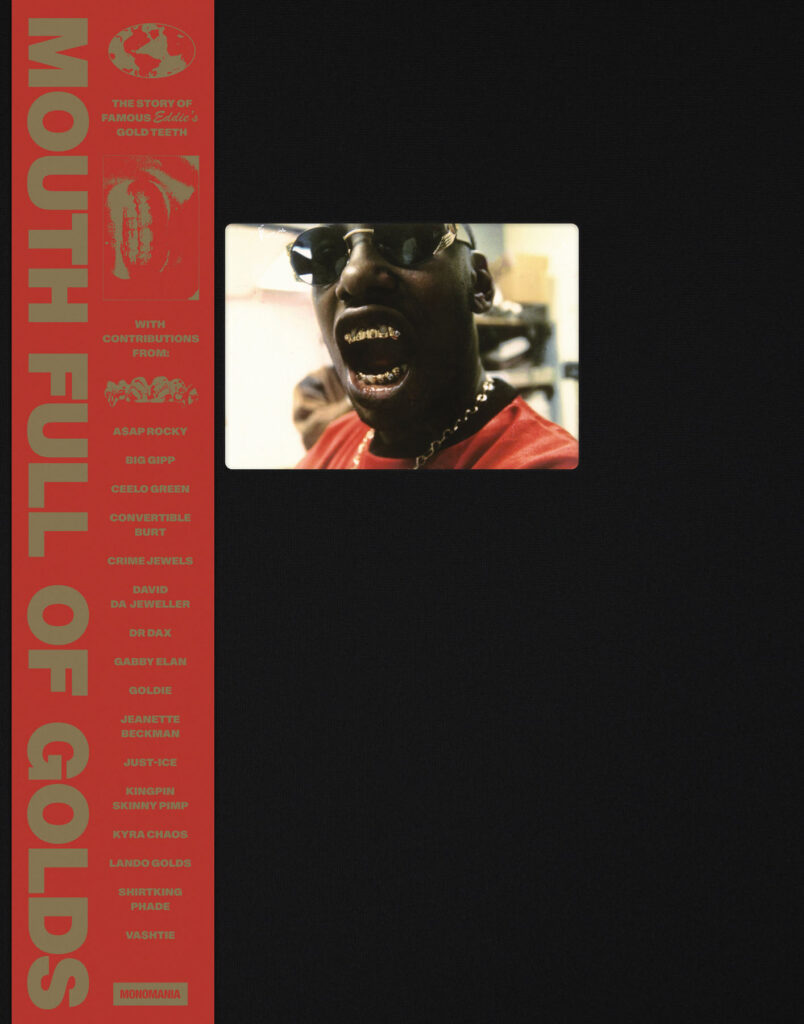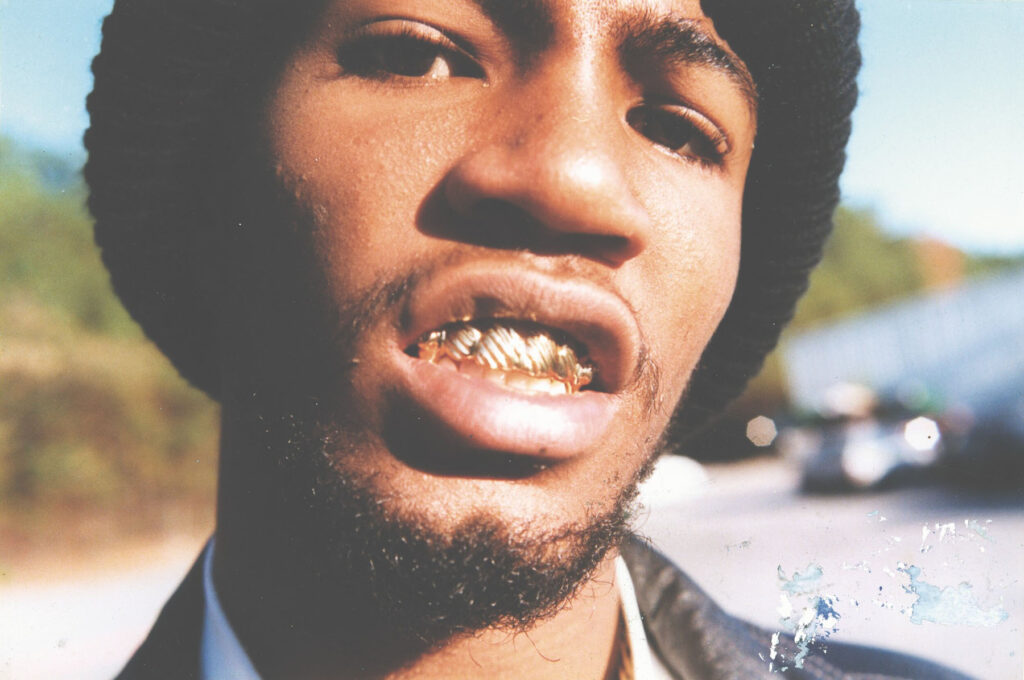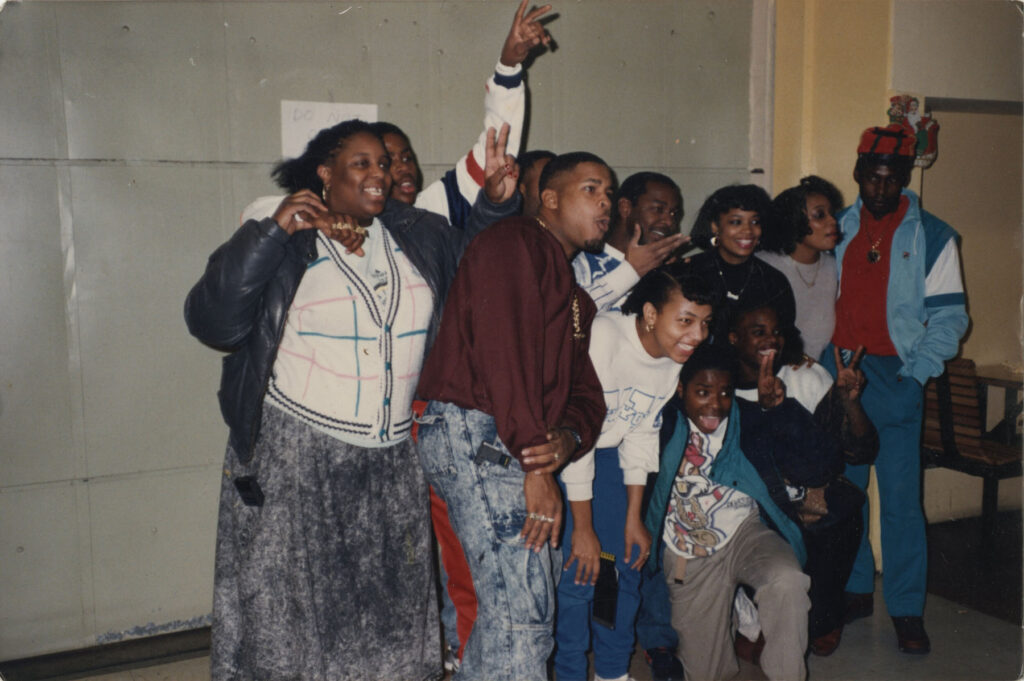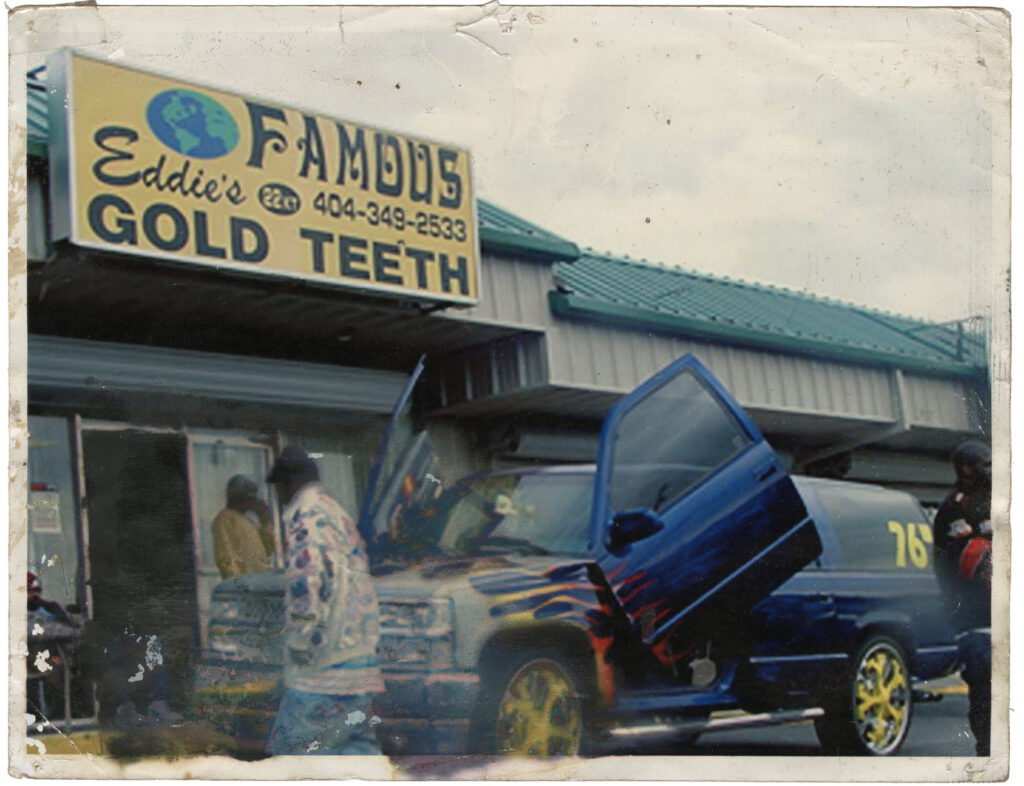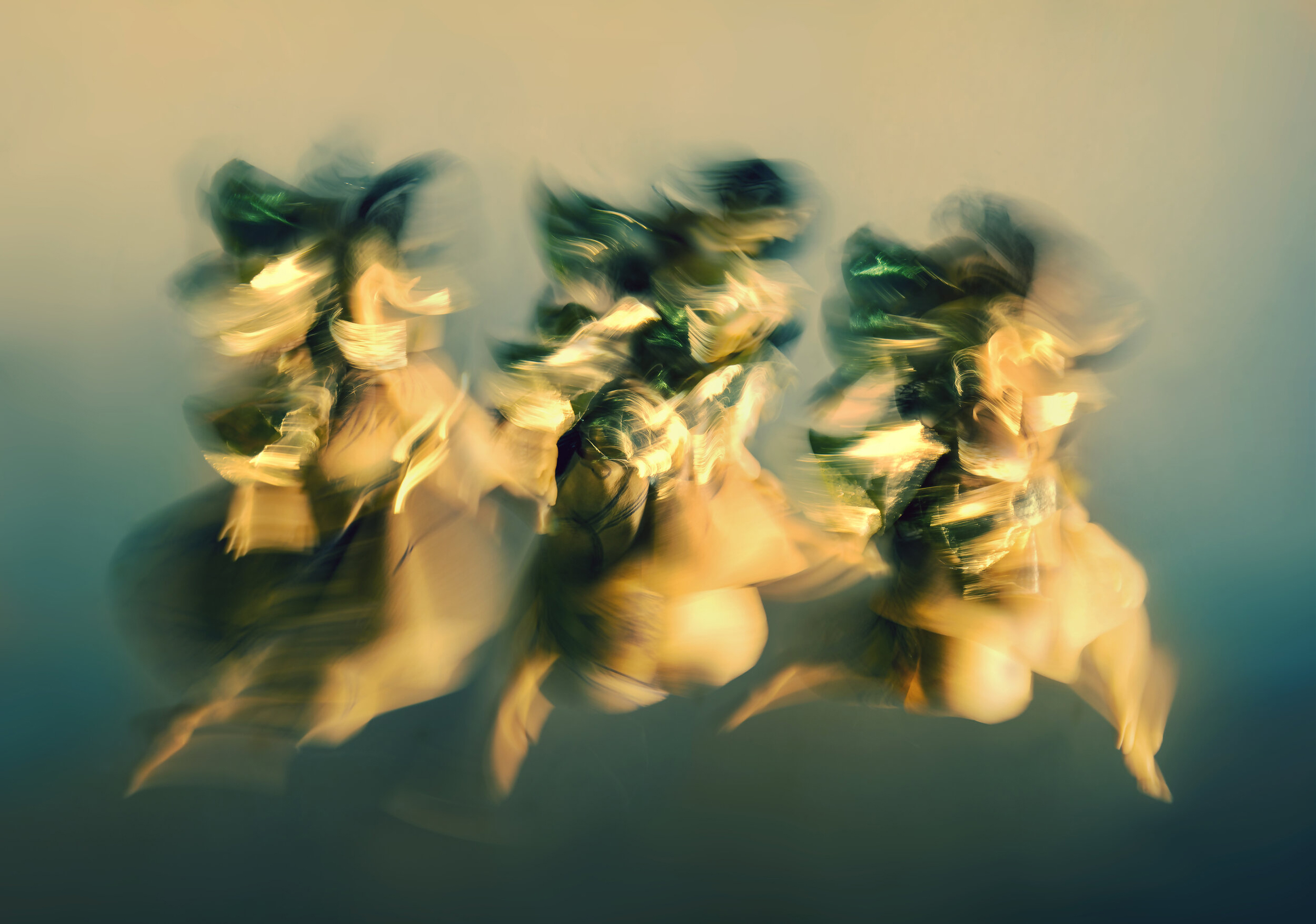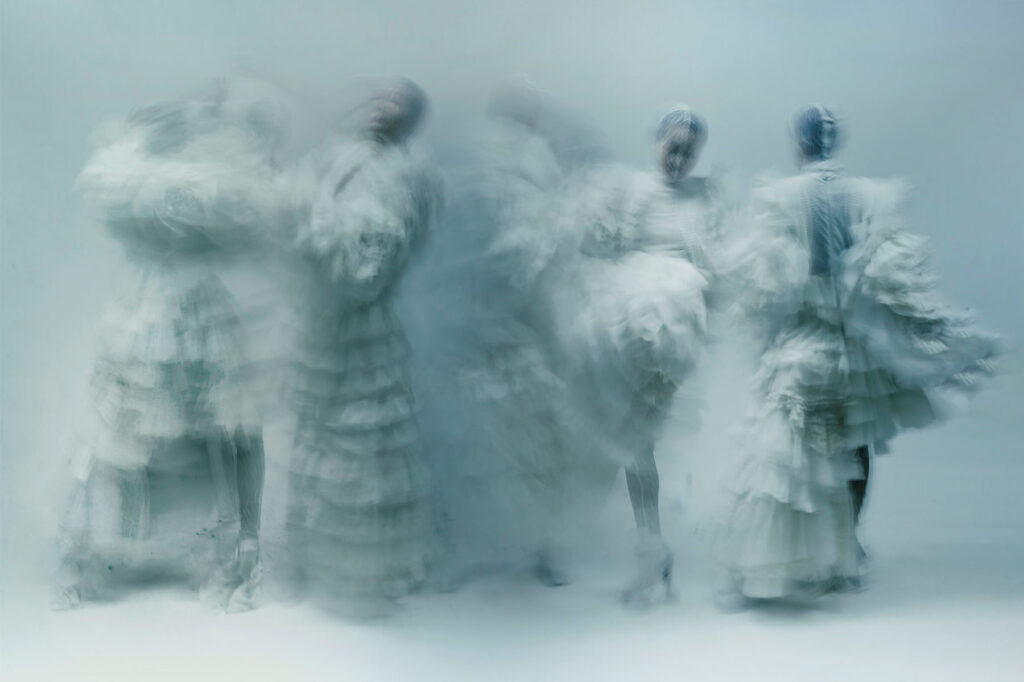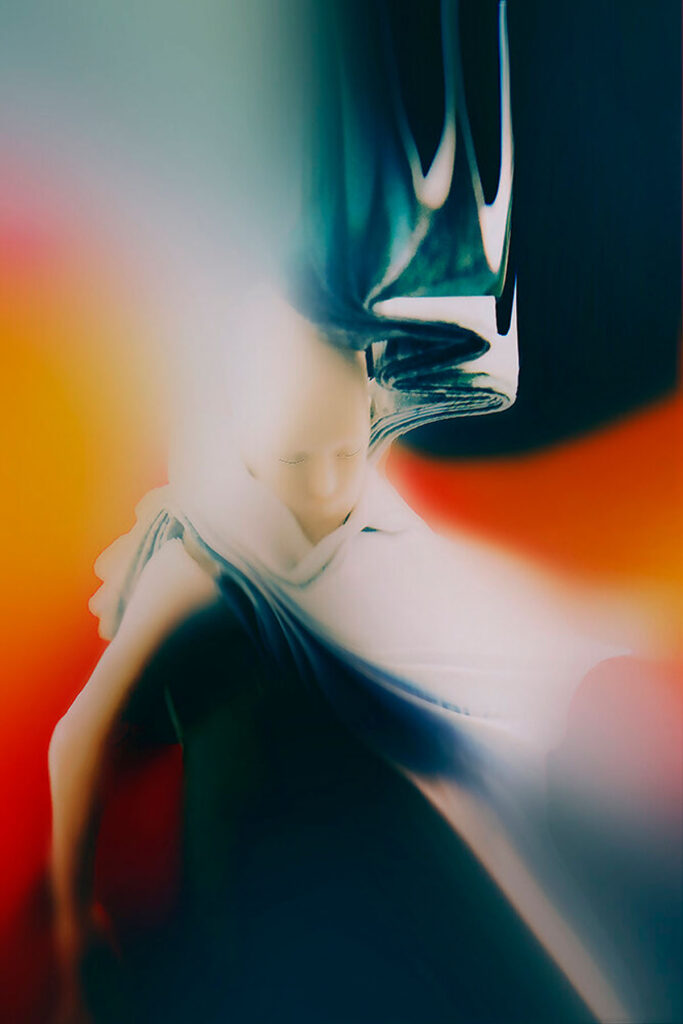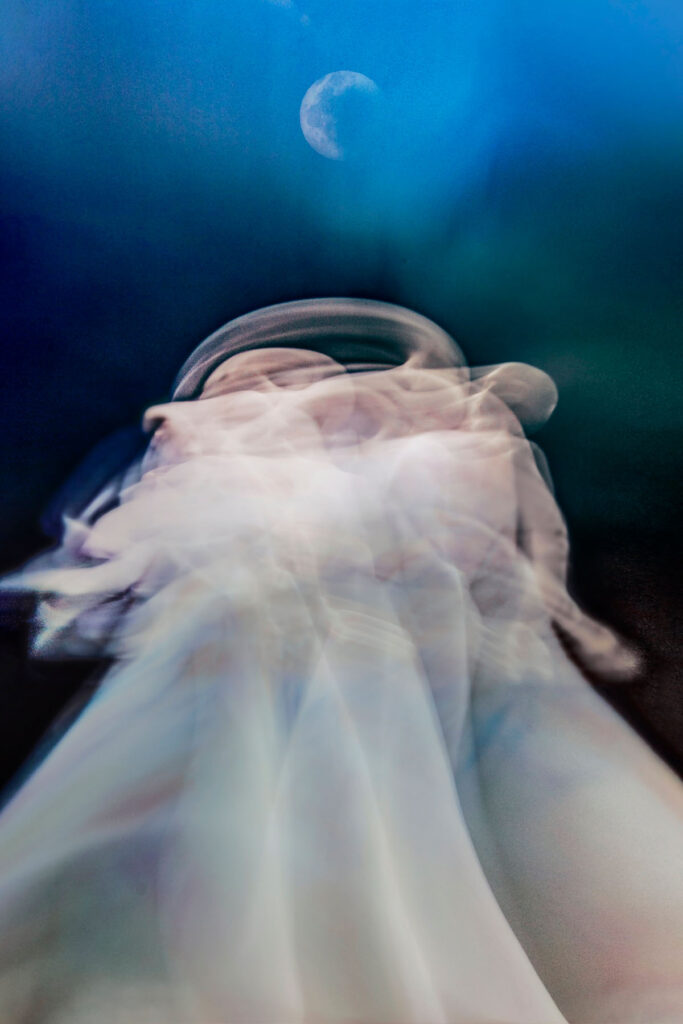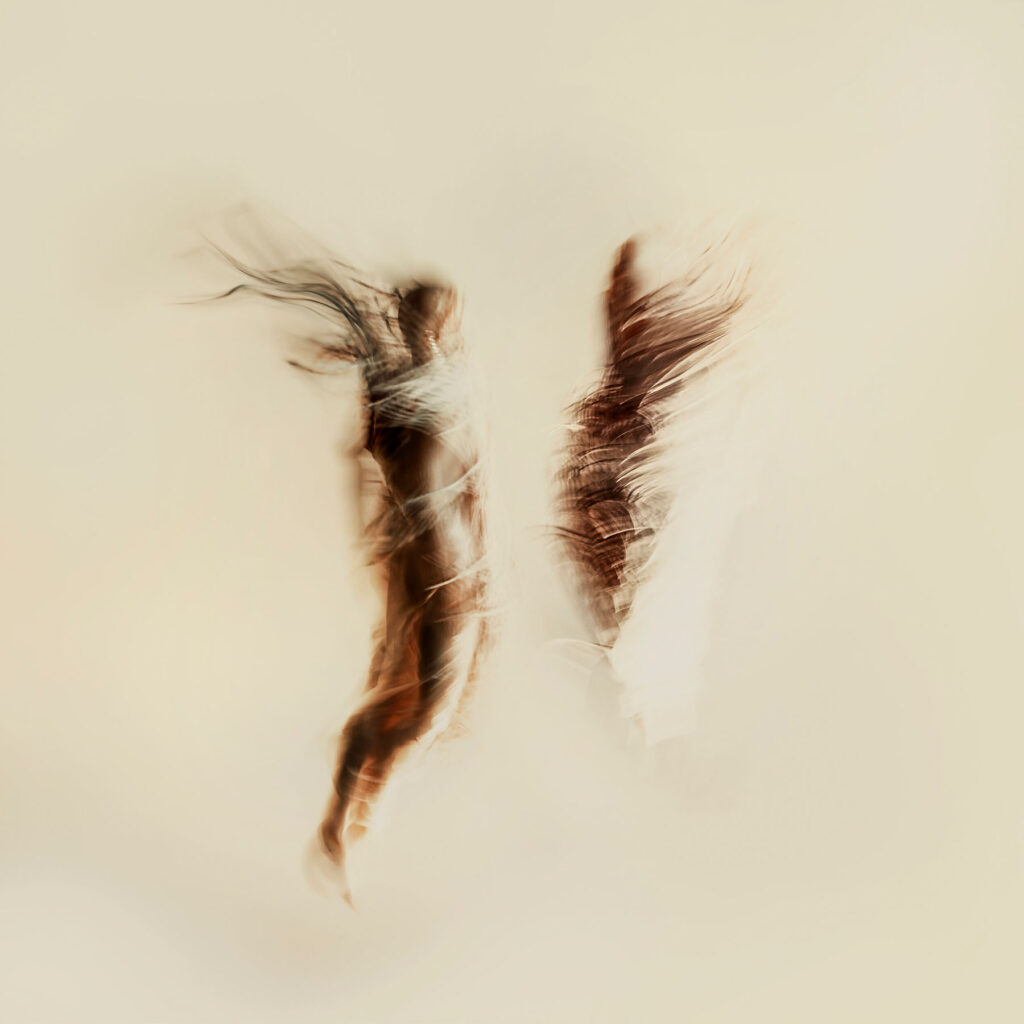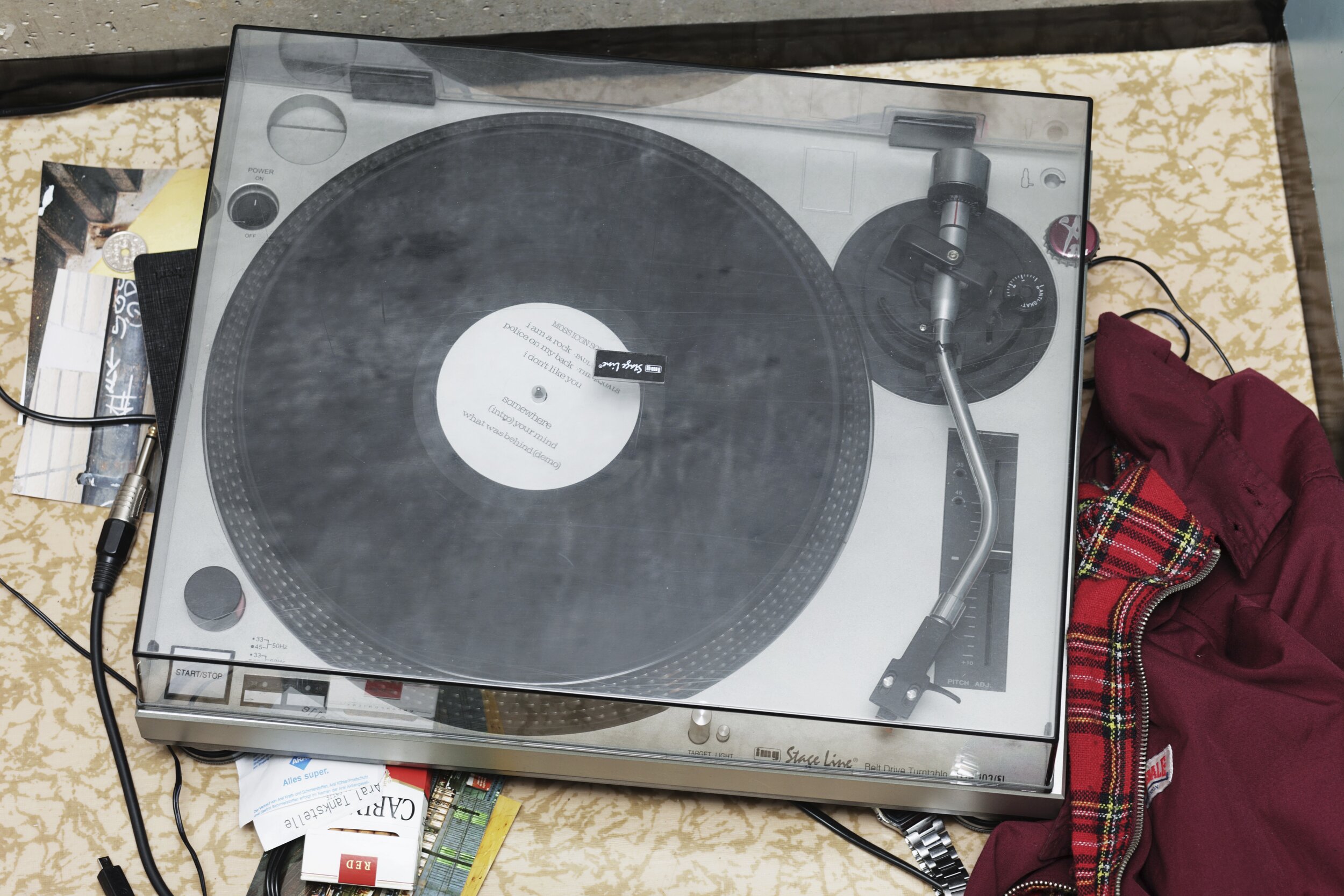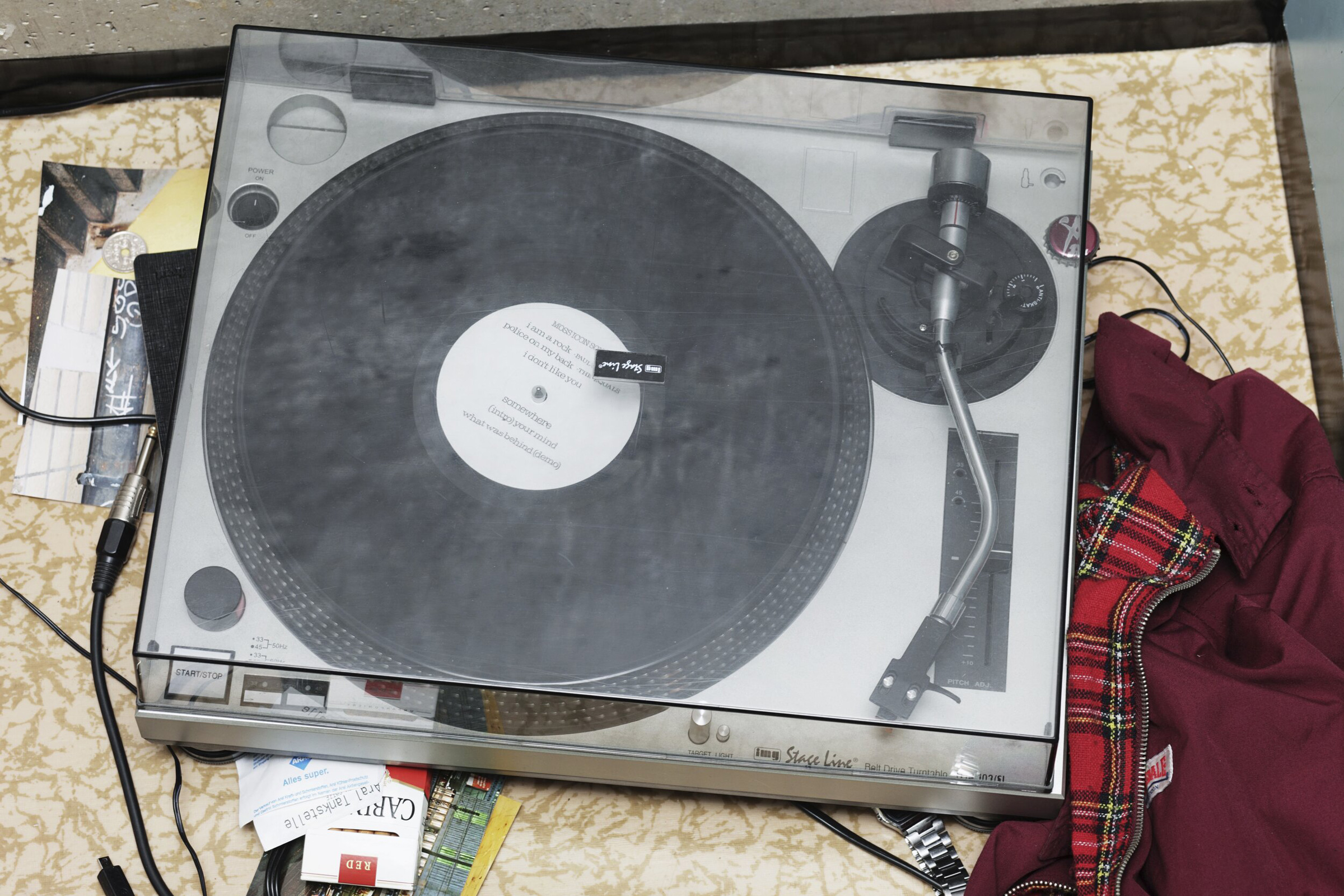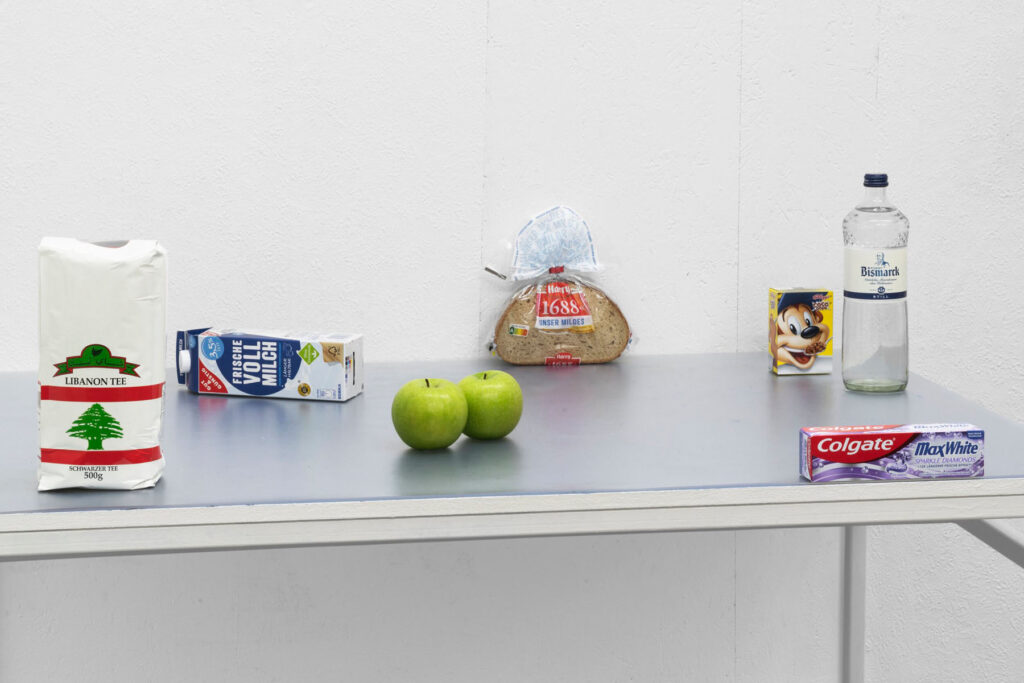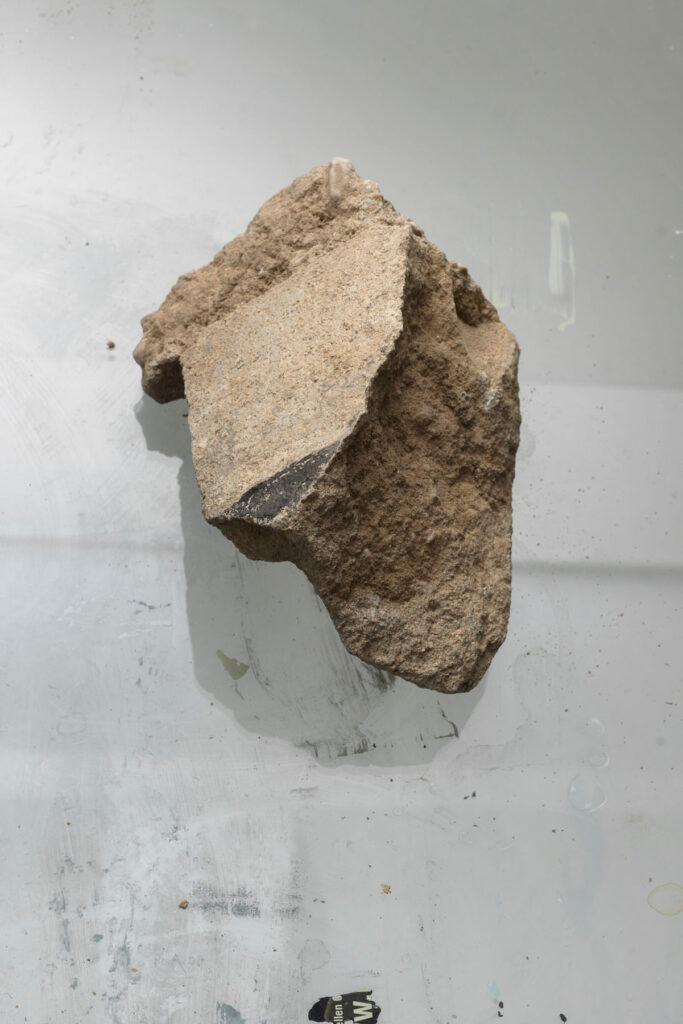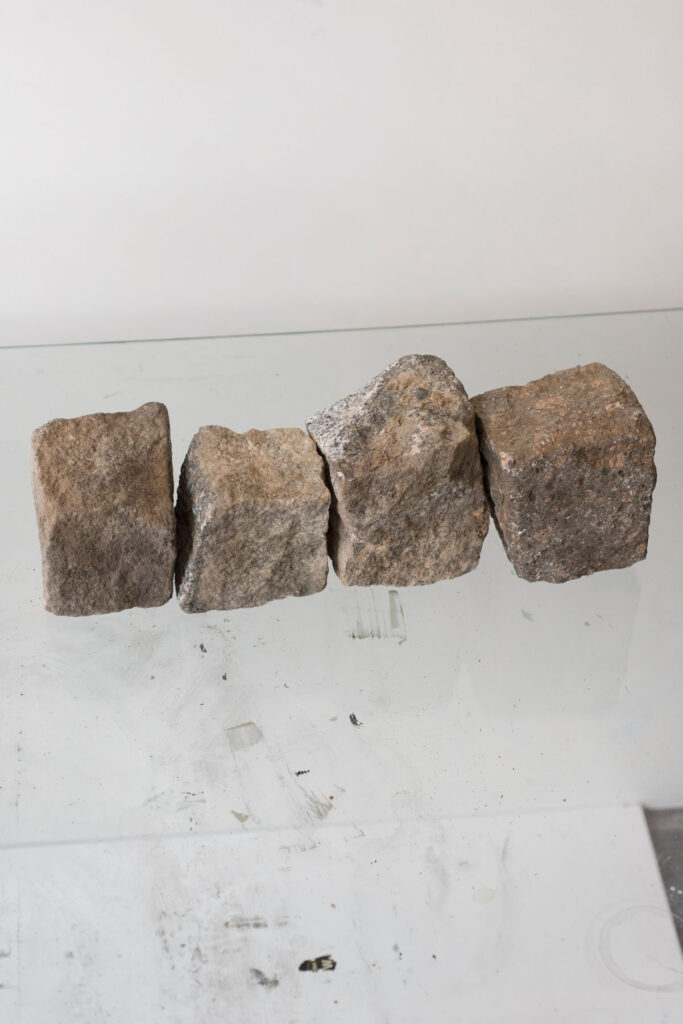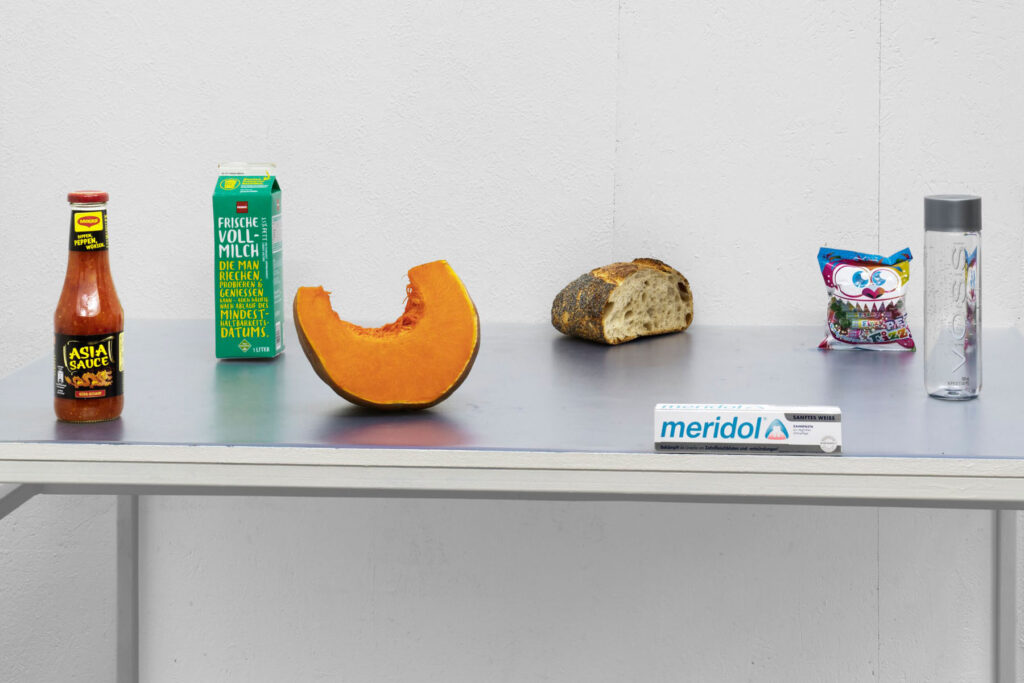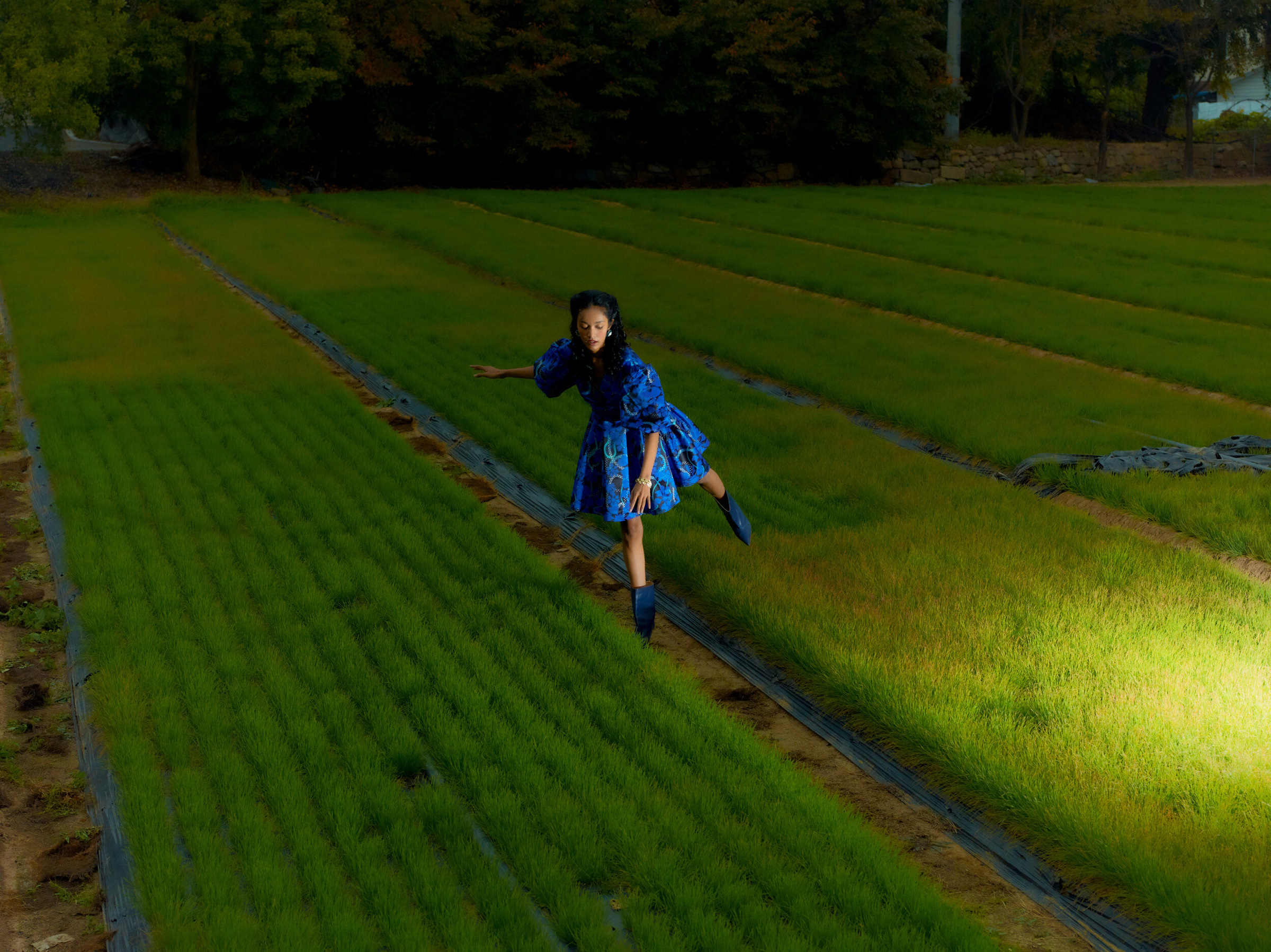
“I enjoy the conflict or inconsistencies in the space where I’m shooting”
Seoul-based photographer Intak Song has created a distinctive visual style with his work that extends from intimate portraiture to larger styled shoots, with a strong focus on fashion. Song’s work has been featured by the likes of Vogue Korea, SICKY Mag, Dew Magazine, PAP Magazine, HYPEBAE and more.
Working with both digital and analogue cameras, Song has established a strong and dynamic skill set within the industry and utilises the strengths of both methods to produce beautifully executed images. In a creative world that is becoming increasingly digitised, Song operates from a unique perspective, as he aims to move away from this ‘quick consumption’, towards a more authentic space.
Song’s work is heavily considered, with a mellow and otherworldly aesthetic. Before Song started his photography career, he communicated his emotions and creative vision through music. Discovering more about himself as a person and an artist through this process, Song is able to bring a unique sense of care and confidence to his images, all carefully informed by elegant styling and lighting.
NR Magazine speaks with the artist to learn more about his creative process and the ins and outs of his photography.
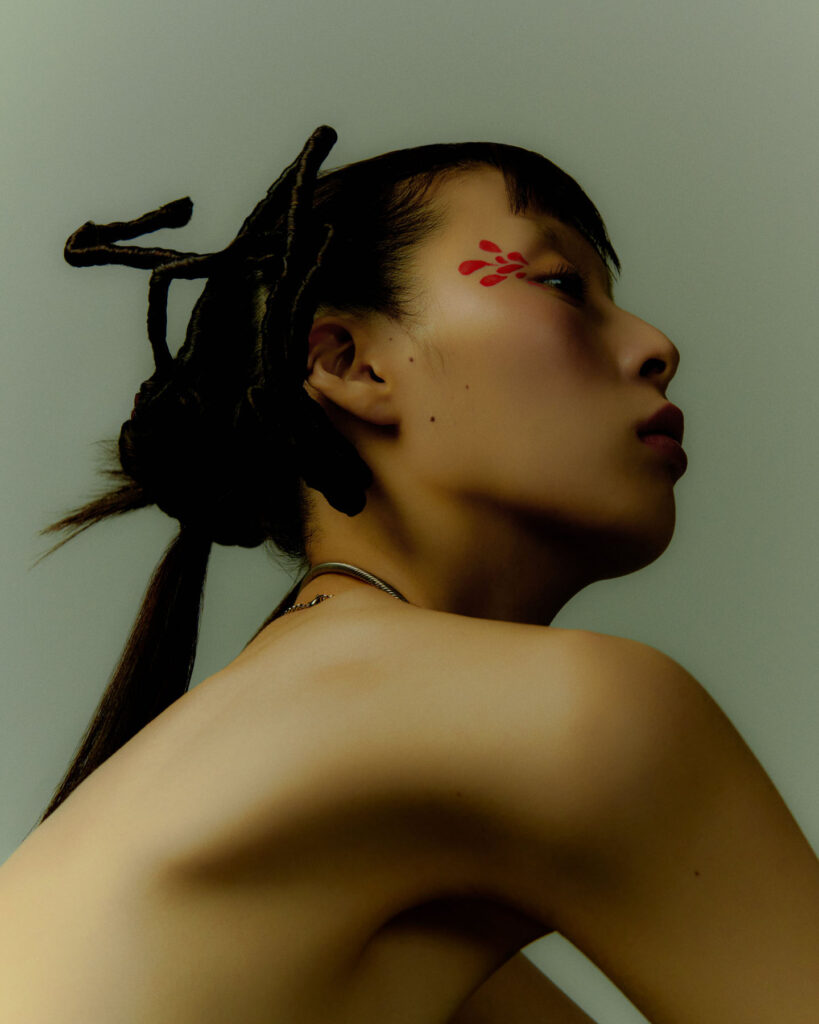
Could you talk a bit about your background and how you first started getting into photography?
I have been interested in art and culture since I was a child. I had an ordinary childhood and during my adolescence I was really interested in music, photography, film etc. I majored in music and dreamed of becoming a composer in college, so I went on a trip to Australia with a close friend. Photography was one of my hobbies but seeing myself concentrate more on photography rather than music while I was travelling in Australia, I thought about becoming a photographer.
In Australia, there was a high place overlooking a wide field and I wanted to take a picture naturally. It was one of the most beautiful moment in my life and I stayed for a while to watch the sunset. Since then, I have been working with confidence and preparing my portfolio. I think that beautiful moment gave me the confidence to become a photographer.
Do you channel cultural influences into your work?
I try to look observe things around me all the time. I can’t avoid being influenced by culture, and of course the atmosphere in Seoul, where I live, has affected me as well.
I’m influenced by the people around me, the conversations I have with friends, art, music, etc. These days, I am more interested in the social phenomena around me.
Has fashion always been an interest of yours? What intrigues you about it?
At first, I was not interested in fashion photography, but when I was working on my portfolio, I was interested in how the power of a photograph changes depending on the styling. Fashion is very important to my work – it has the power to change the story that I want to tell. When I work, I talk a lot with the stylist or director, and I develop more of my ideas during the shooting process.
Your work has a really unique, almost dream-like aesthetic. How did you come to develop this style?
I had a big imagination as a kid, but I’ve always preferred visualising my own world rather than being trapped in my imaginary world. I then wondered if I could visually turn this into a reality. Imagination takes up a lot of space in my work. These days, I’m interested in 3D work, so I’m thinking about what parts of my work I can mix with that.
What kind of working environments help motivate you?
Lately I’ve been trying to change my working process. Since I only work with fashion photography, I can begin to feel bored sometimes, so I like to look around seek out different kinds of photography projects. Sometimes I try to get the equipment together to shoot on public transportation instead of riding in my car. I think this small action helps me get closer to the social changes that people are interested in.
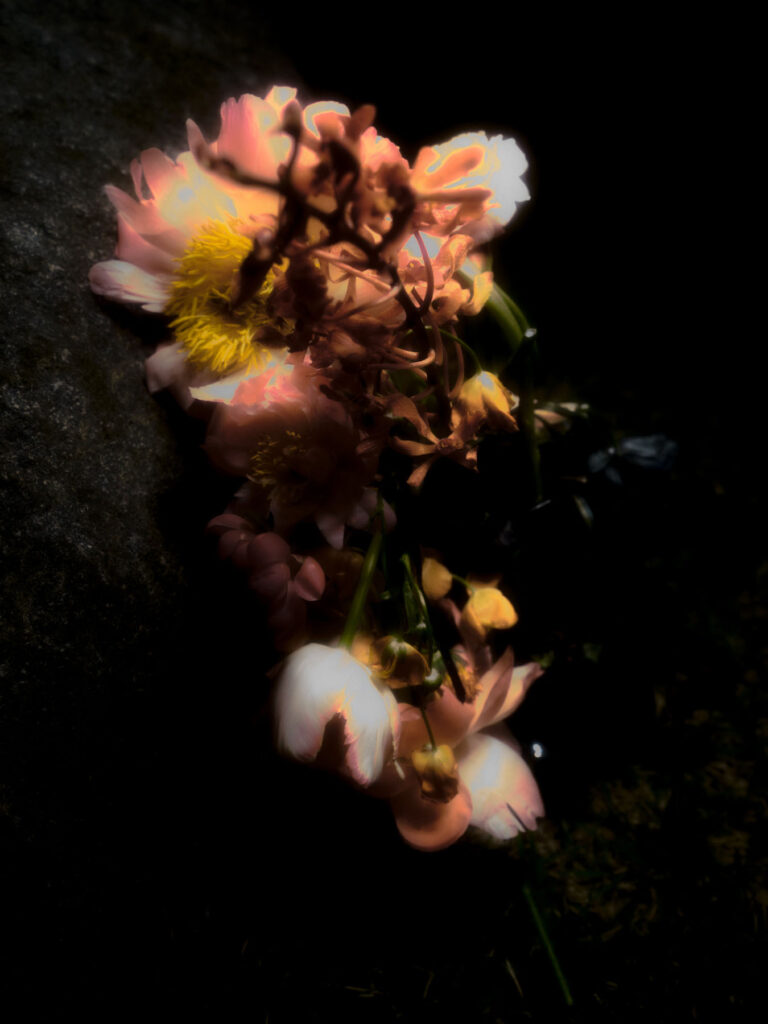
Have you learned anything about yourself through your work?
I think I’ve generally learned to accept a lot of things about myself through my work. I have a better sense of who I am now and how my mood can change with my work. I think I always check it through my work – it’s like looking in a mirror.
What aesthetics and styles influence your work?
I’m interested in things that are more objective rather than emotional. I like the way I see elements like stones, steel, outer space, and buildings.
Talk me through a day in the life of Intak Song.
Excluding the days when I have a meeting for work or shooting an advertisement, I spend a lot of time in my private studio. I also take my dog for walks.
You mentioned that you use both digital and analogue cameras. What attracts you to working with both of these?
Digital cameras and film cameras have different expressive powers, so I use them according to the work that they are best suited for. I think I decided to use both because I wanted to work with what they can both offer. Digital cameras are good for realistic depictions. There are times when I want to capture the essence of a painting, and film cameras are better at doing that.
Both have different expressive potential, so it is fun to pick and choose between them.
“I think there is nothing more meaningful than the tools you use to express yourself.”
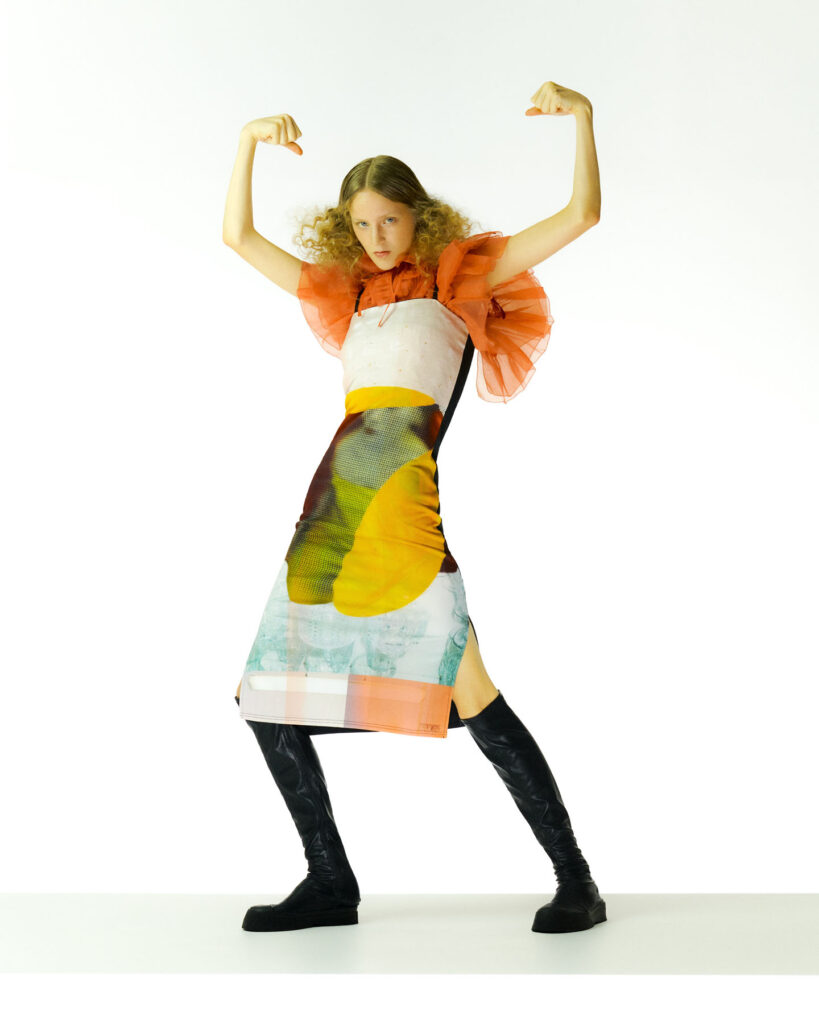
What things in your daily life help you to stay creative?
I think conversation is important. There are a lot of good ideas that suddenly come to mind during a casual conversation. I don’t think it is necessary to have a creative conversation, I just enjoy talking about a variety of topics. Talking about trivial things and writing them down on a smartphone or on a notebook is good habit for everyday life. It can help keep the mind’s creativity flowing.
I think the best way to stay creative is to get into the habit of hanging out and talking with good people around you.
The theme of this issue is Identity, so I’d love to discuss your thoughts on your work and fashion photography as an expression of this.
I think it’s very important for photographers to express their identity. Tone, composition, pose direction, etc – these actions are all necessary when shooting, and they all stem from an identity. With fashion photography, you need an overall theme, and when you’re with a subject, the photographer will have their own principles that are important to them.
In terms of my own identity in my work, I think I have developed a tendency to include things I’m feeling or thinking about into my photography. Rather than using a more intuitive and direct way of speaking, I enjoy the conflict or inconsistencies in the space where I’m shooting.
“With my work, I am to create a strange expressiveness that is realistic and unexpected, and with fashion photography, I want to create my own version of a realistic fairy tale.”
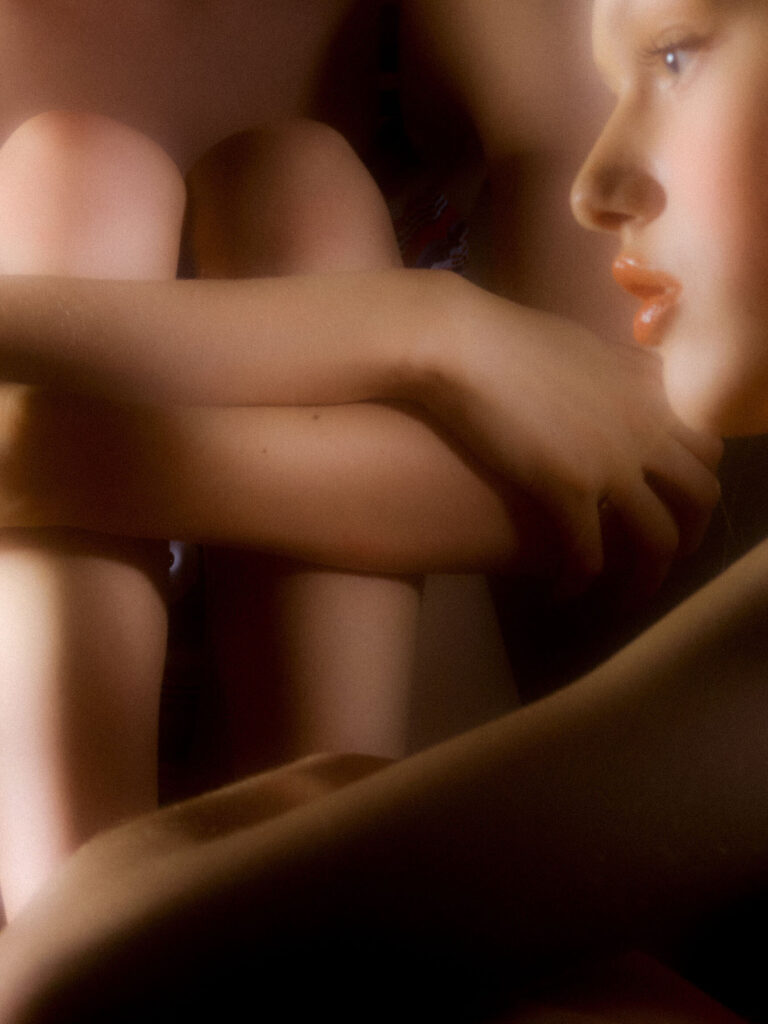
You’ve mentioned the topic of ‘quick consumption’ in the past. What are your thoughts on fast fashion and consumption in the creative industry?
I think the pros and cons of ‘fast consumption’ clearly exist. The phenomenon of rapid consumption is increasing as modern technology develops rapidly, and artists are creating different content through applying these developing technologies. We’re in an era where people are scrolling through a lot of data unconsciously, which has the benefits of allowing us to enjoy a variety of quickly produced content.
With fast fashion, it acts quickly to consume and adapt to content created in this way, and that’s something I am personally worried about. I am sure that the faster the speed of production, the higher the probability that a lot of low-quality content will be created. Then the speed of consumption will increase, and this content of low quality will also increase, and there’s no authenticity.
I can’t quite find an exact answer to this question, but I think we need to be aware of these aspects of the fashion world.
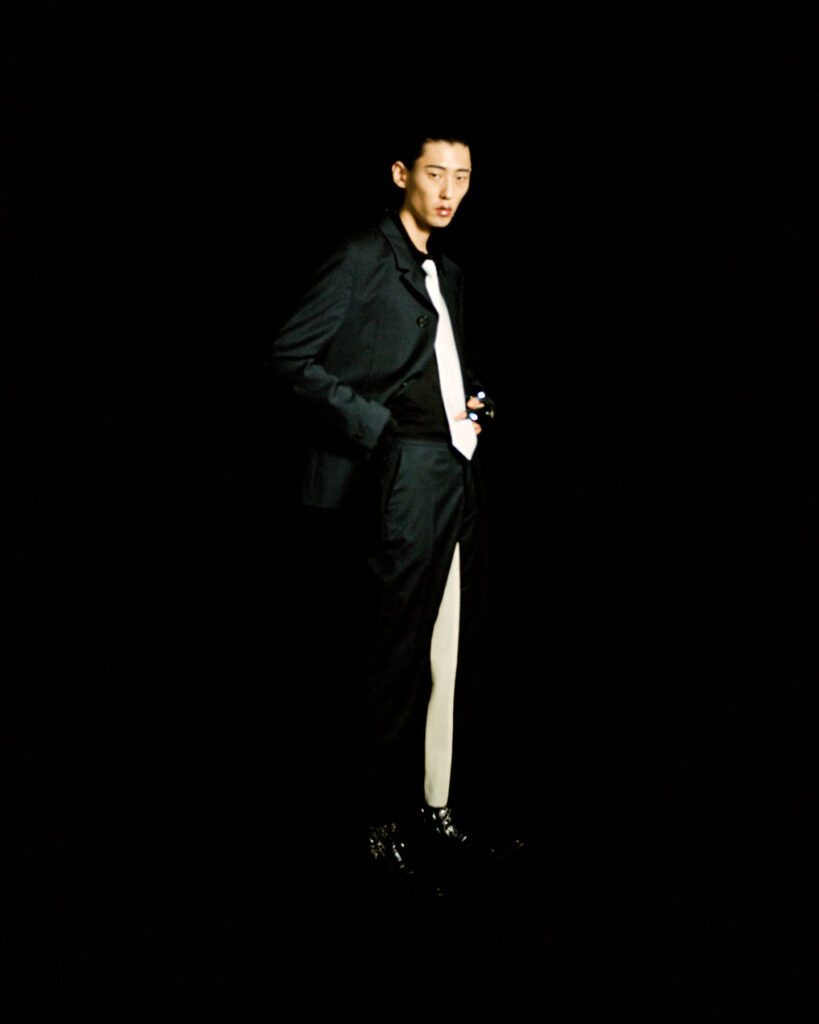
What eras of fashion have shaped you as a creative the most?
90s Seoul office worker fashion.
What have been your favourite projects to work on?
I worked on a project called ‘L’Etranger’, which involved working with Korean immigrants. I planned to shoot a total of 10 episodes, but due to the current global circumstances, I couldn’t finish the project. That’s definitely something I want to continue working on.
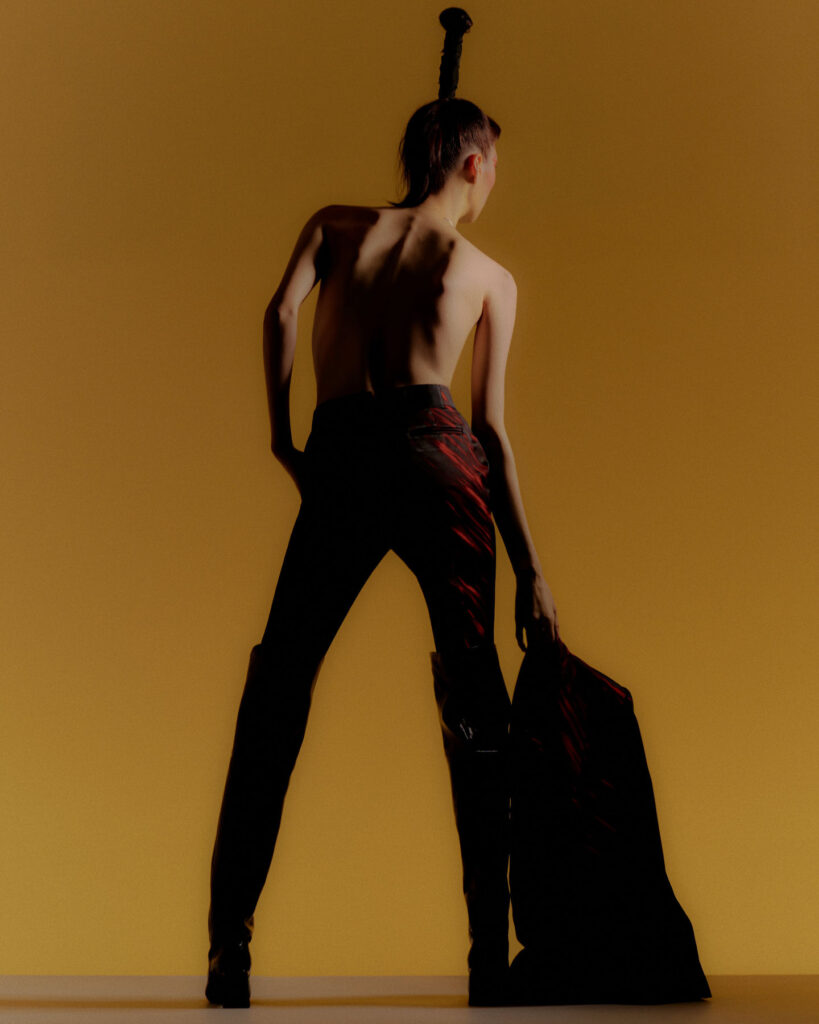
Where do you see your creative vision taking you? Are there any upcoming projects we should look out for?
I plan to work on some elements for an exhibition in the future.
Credits
Images · INTAK SONG
www.instagram.com/songintak/
